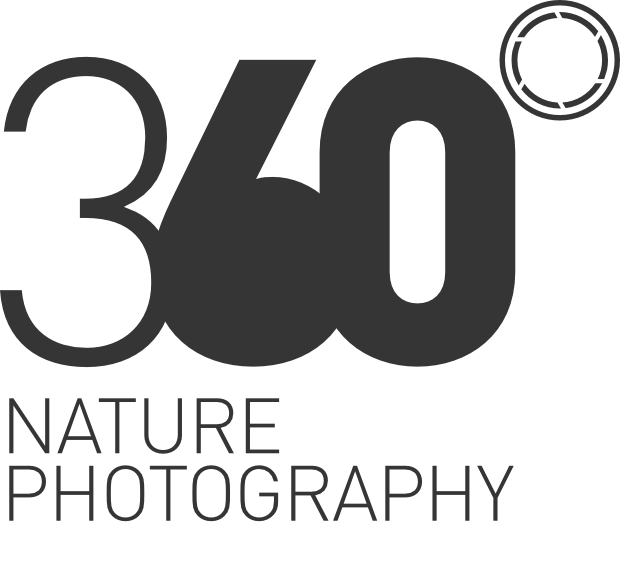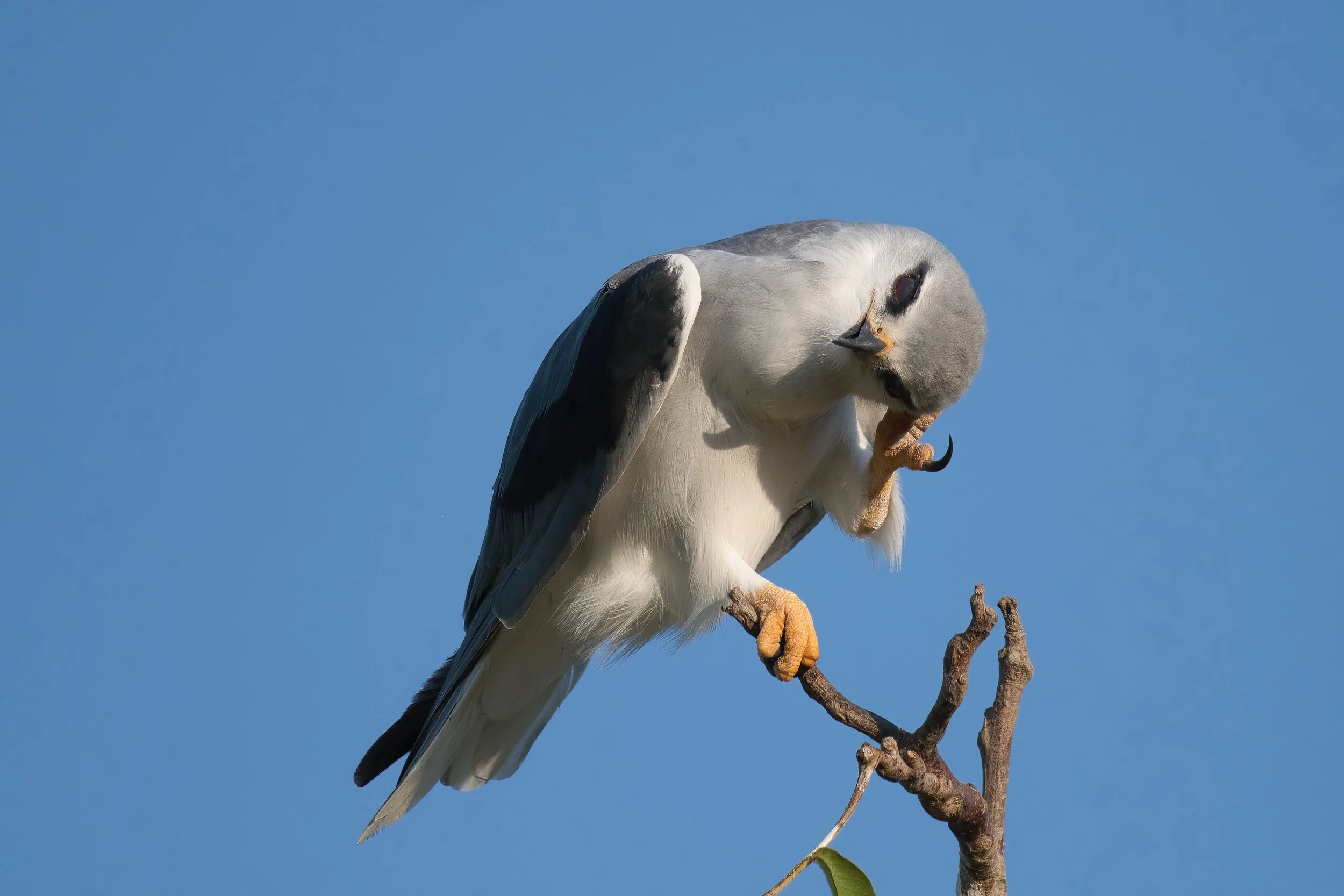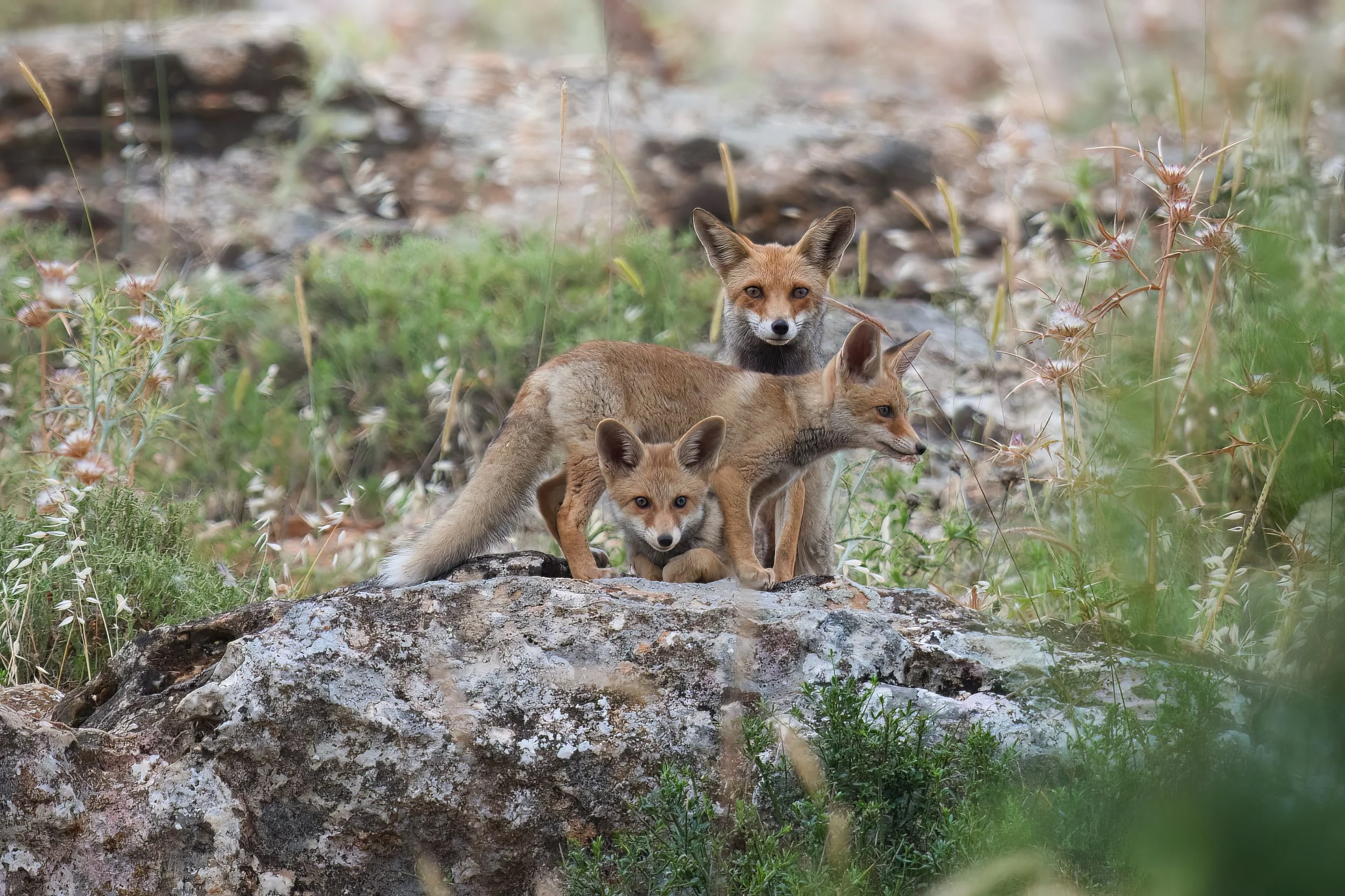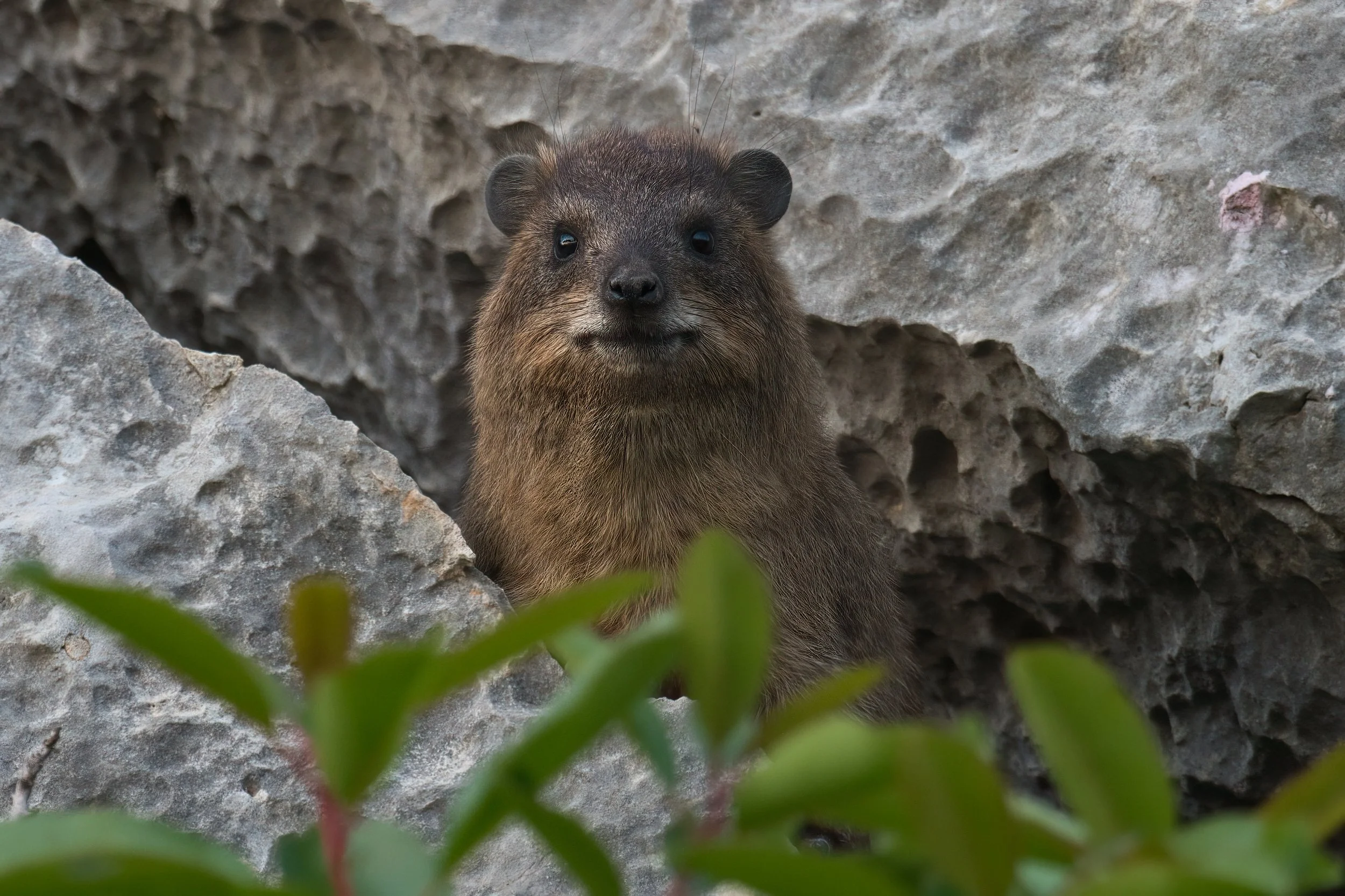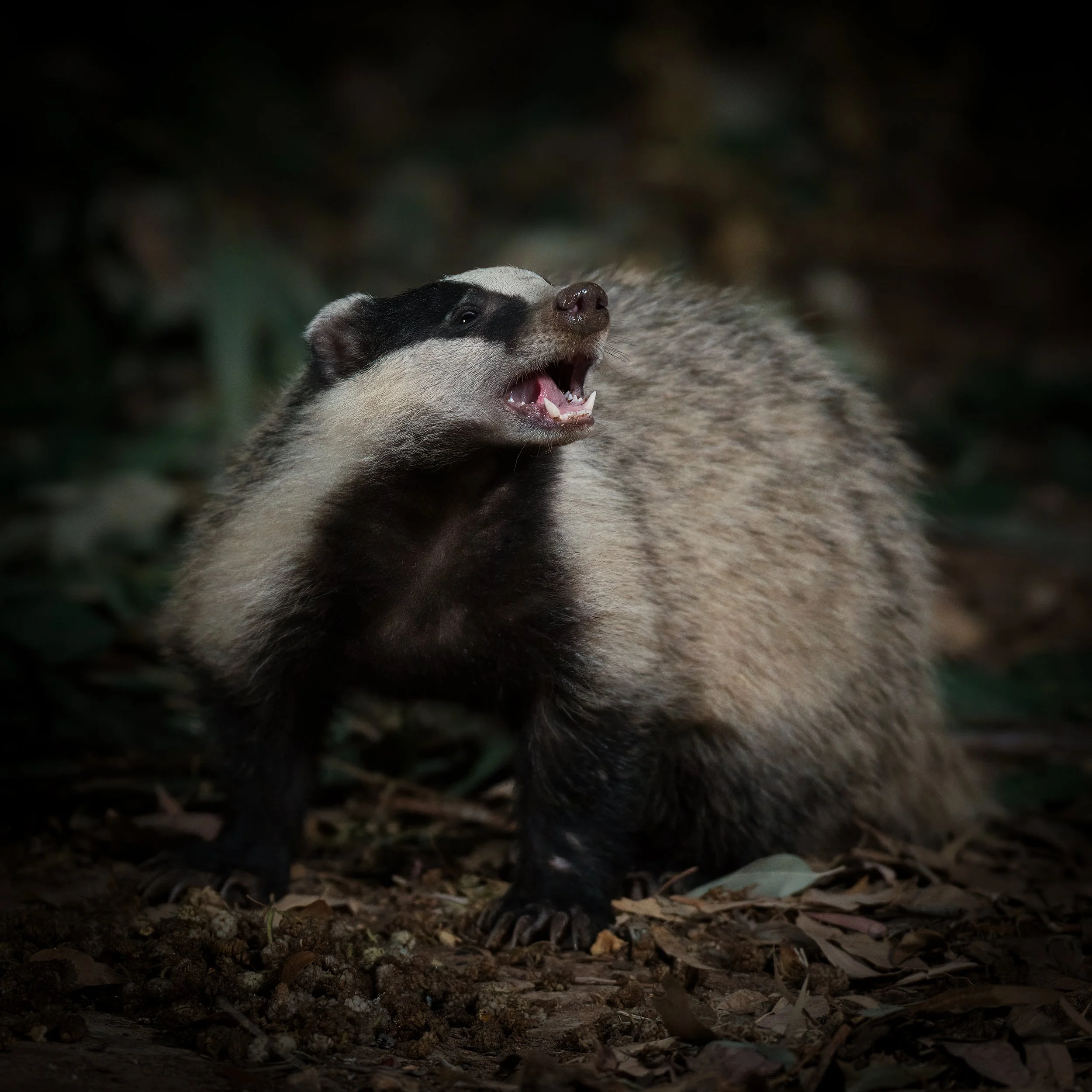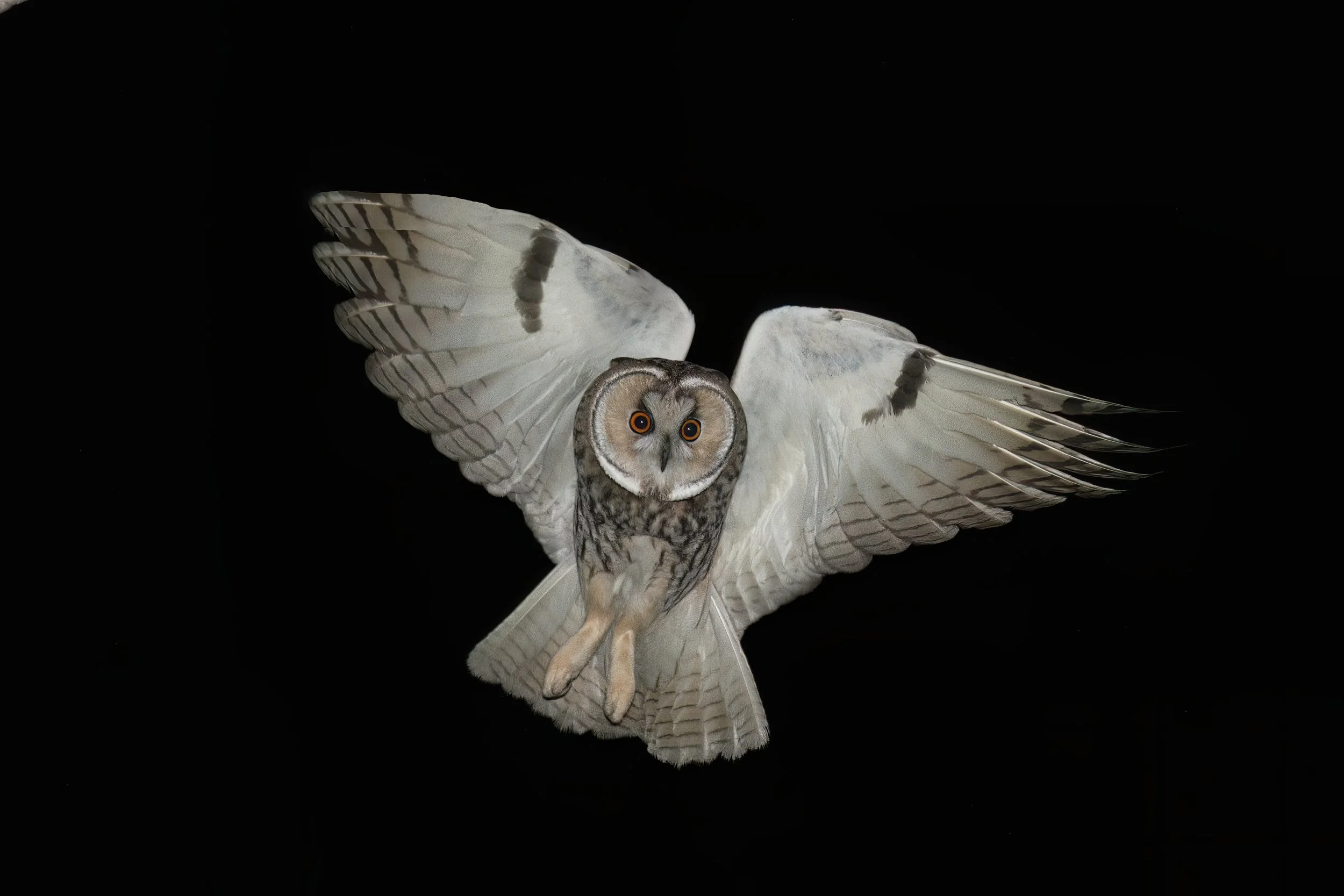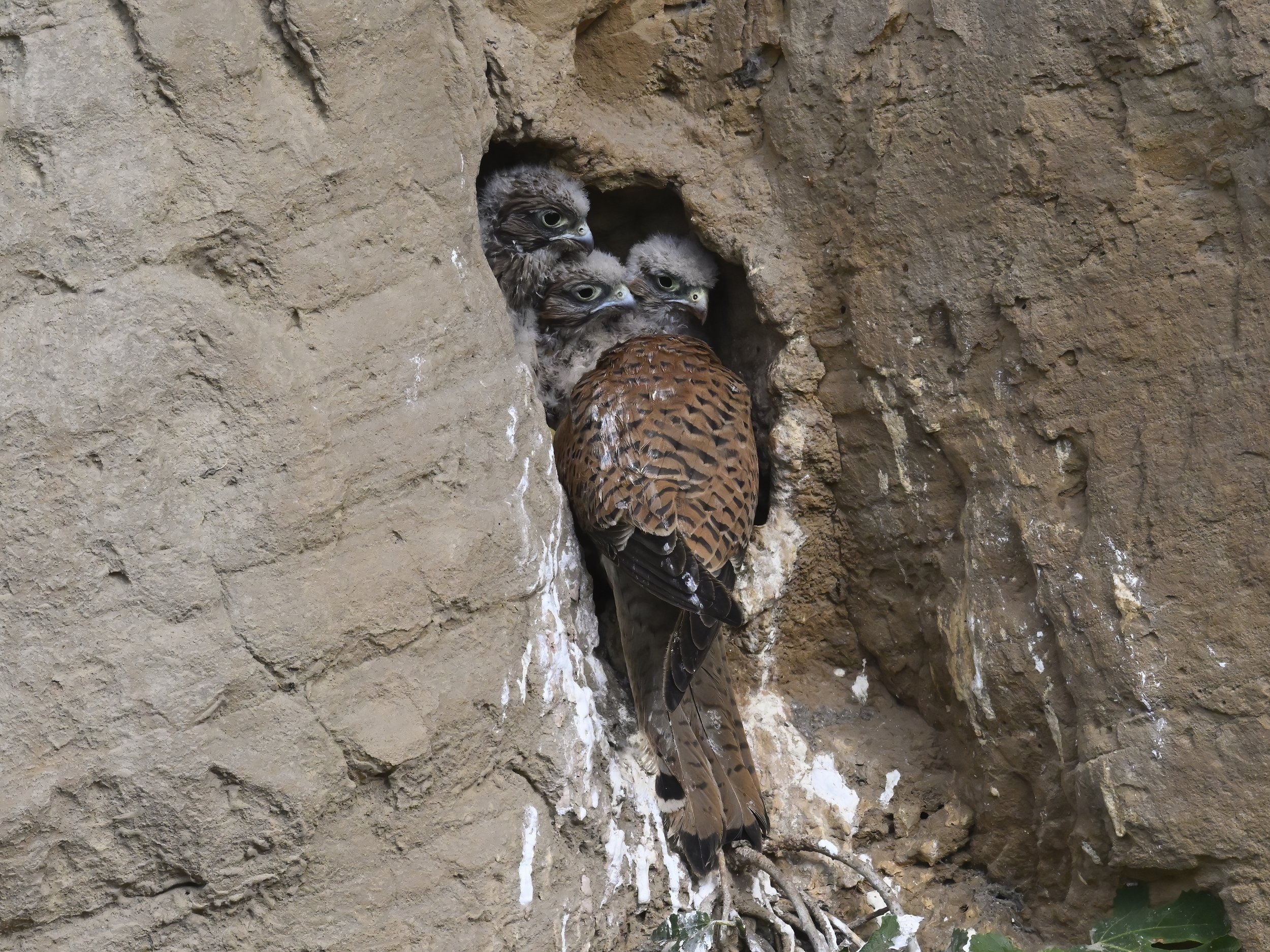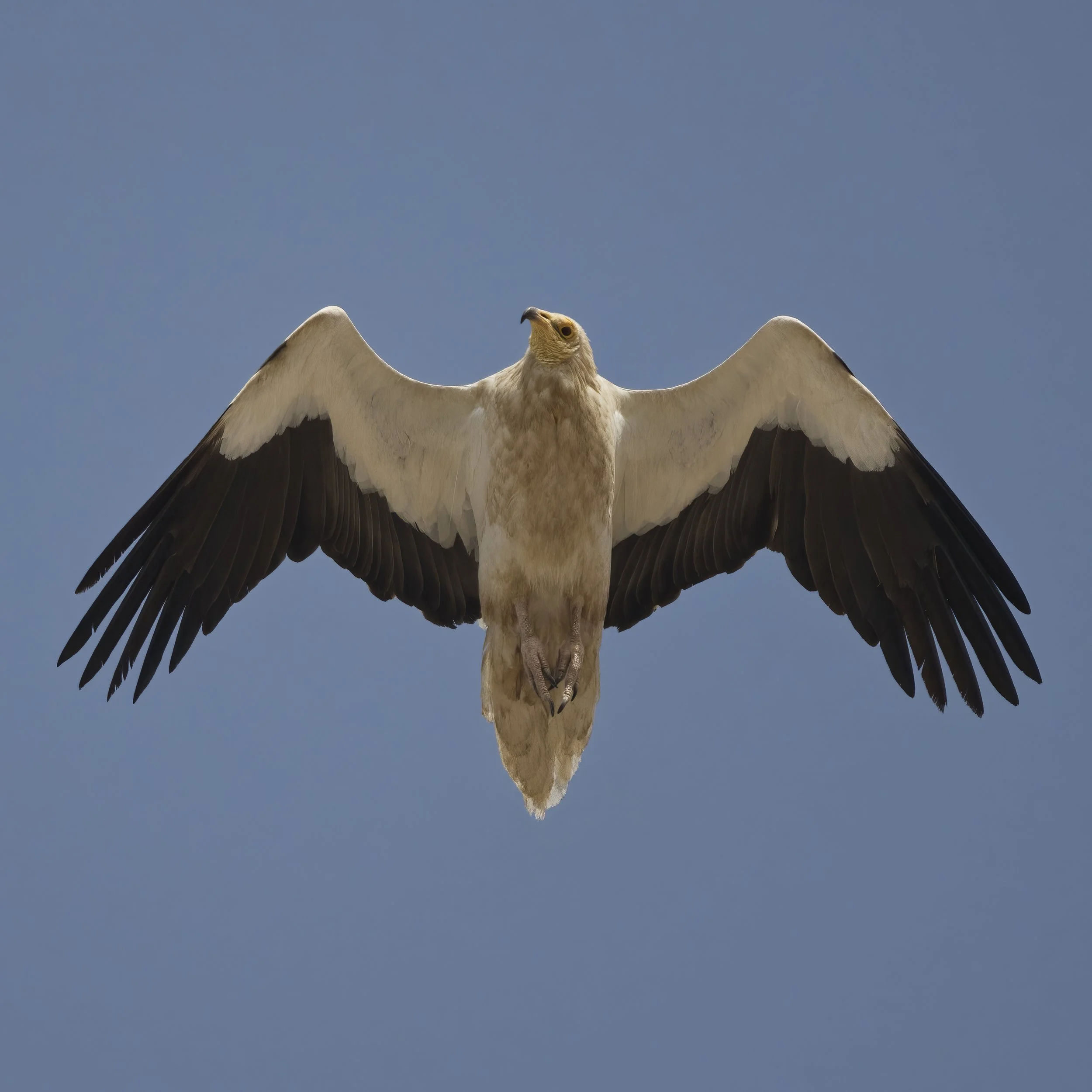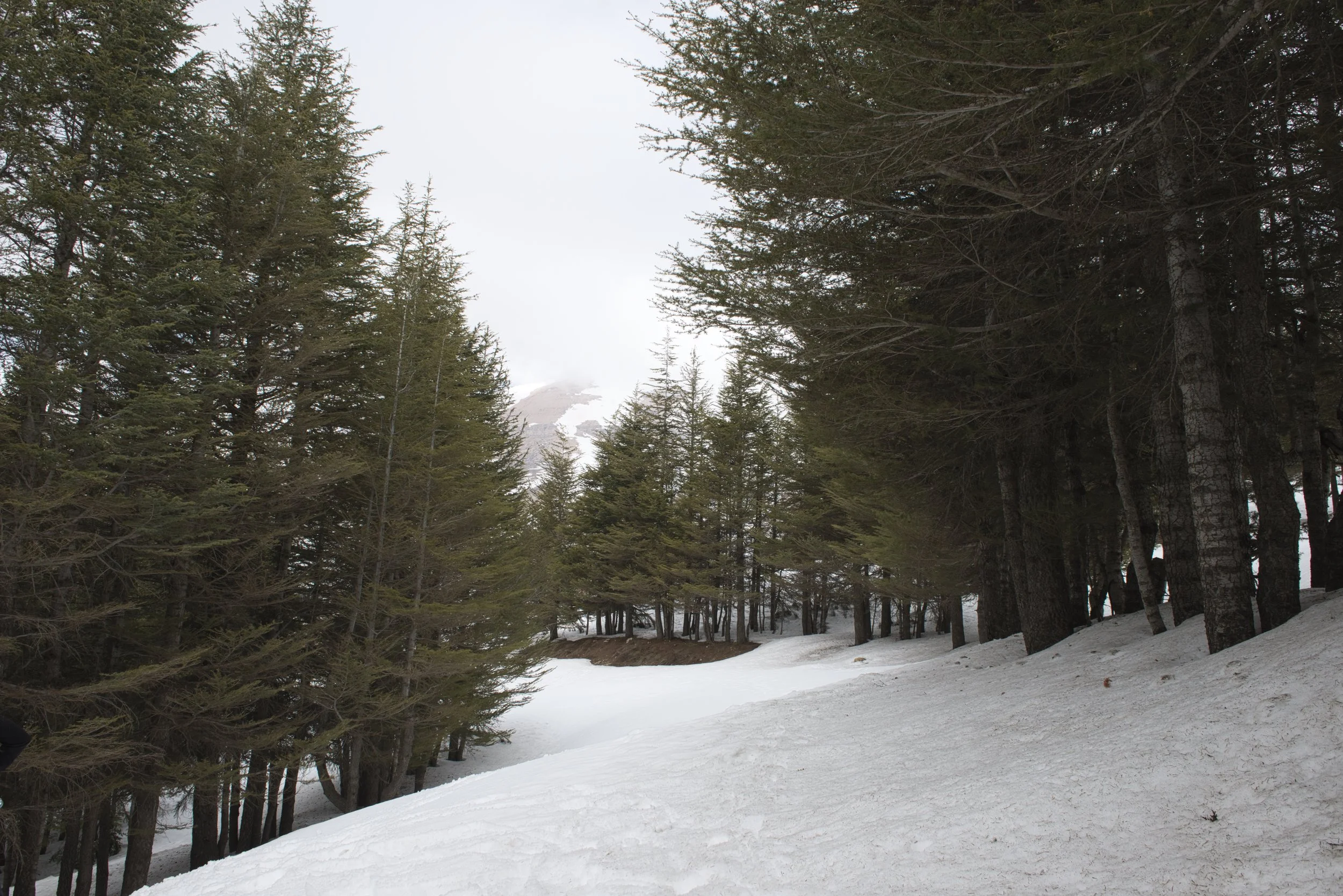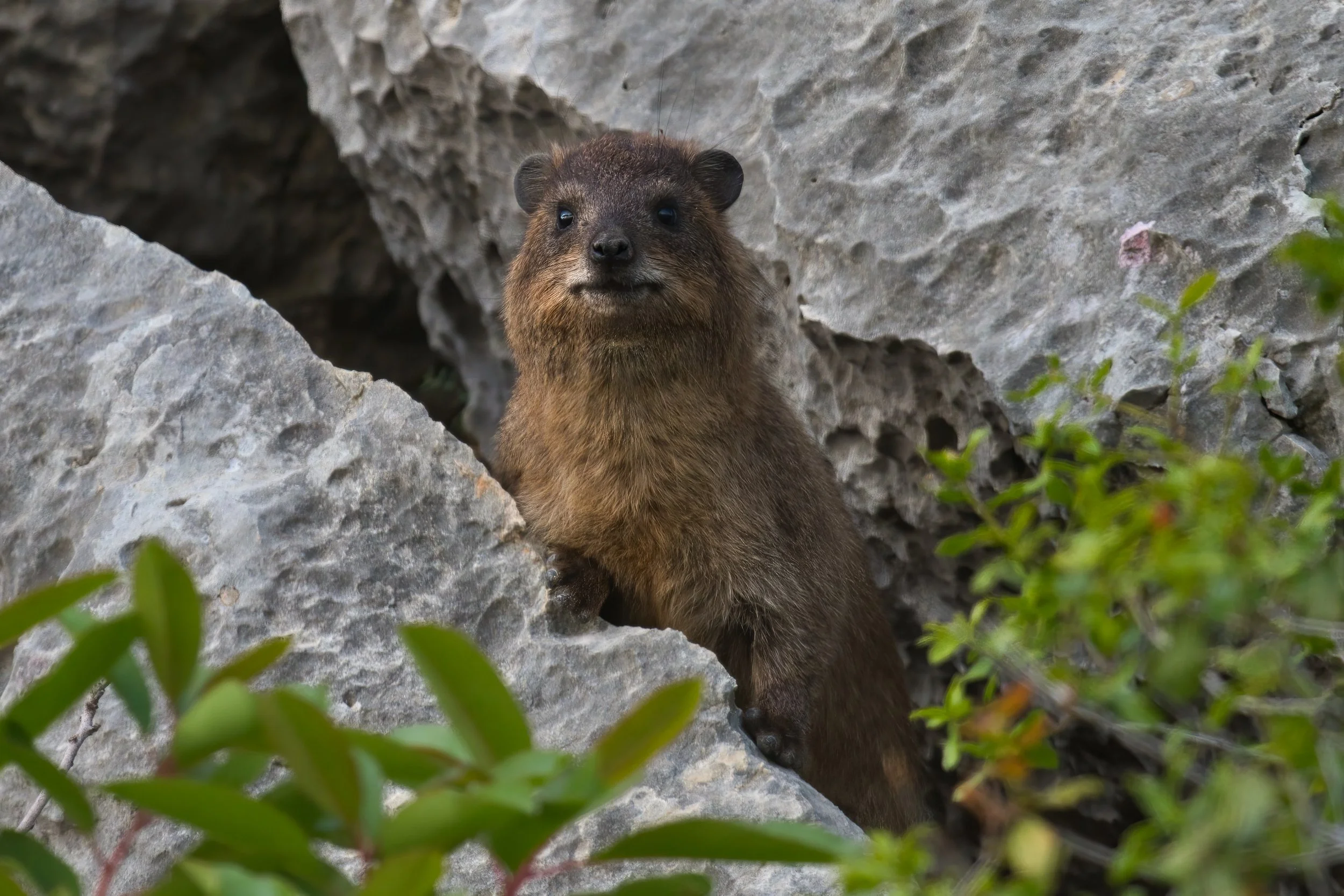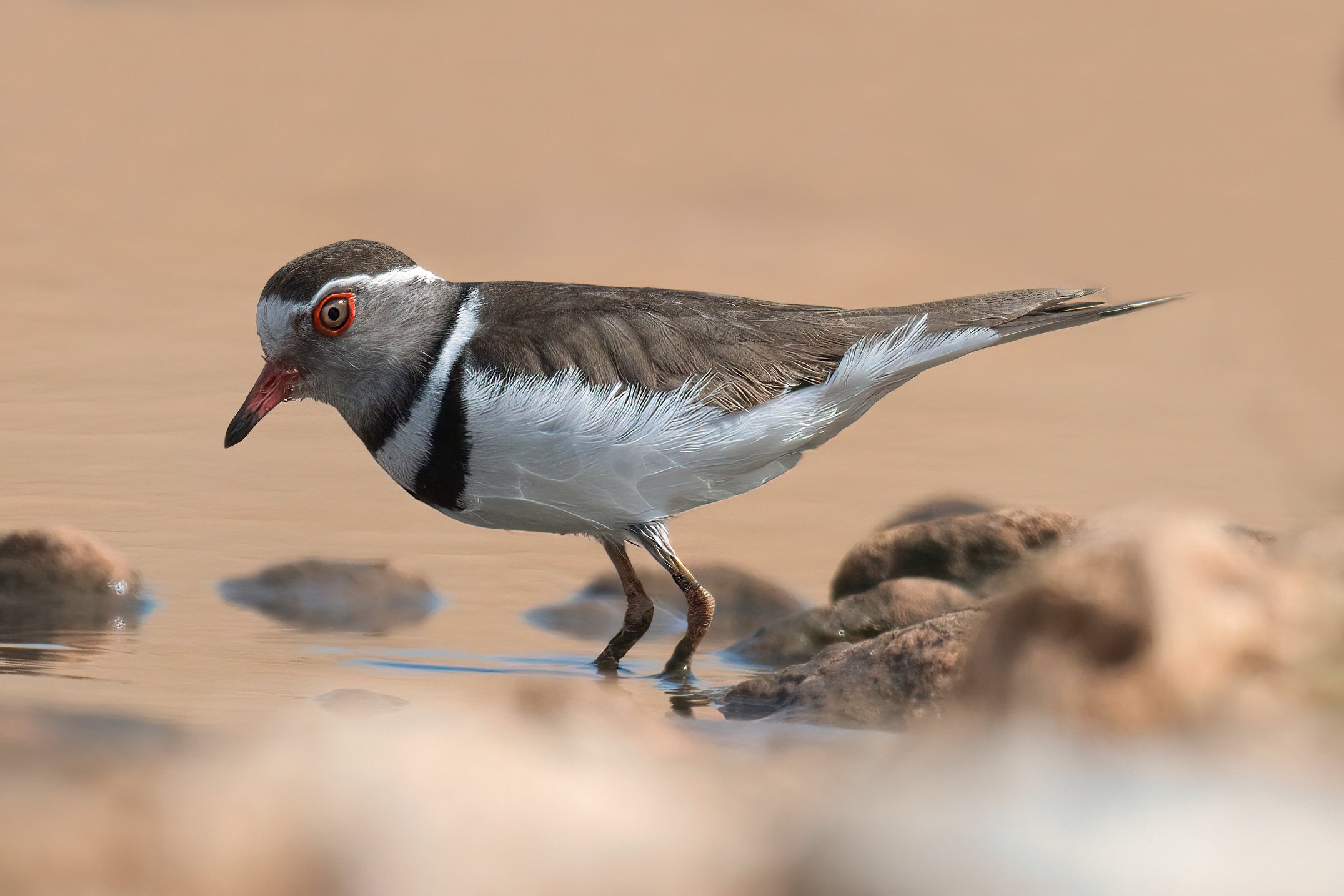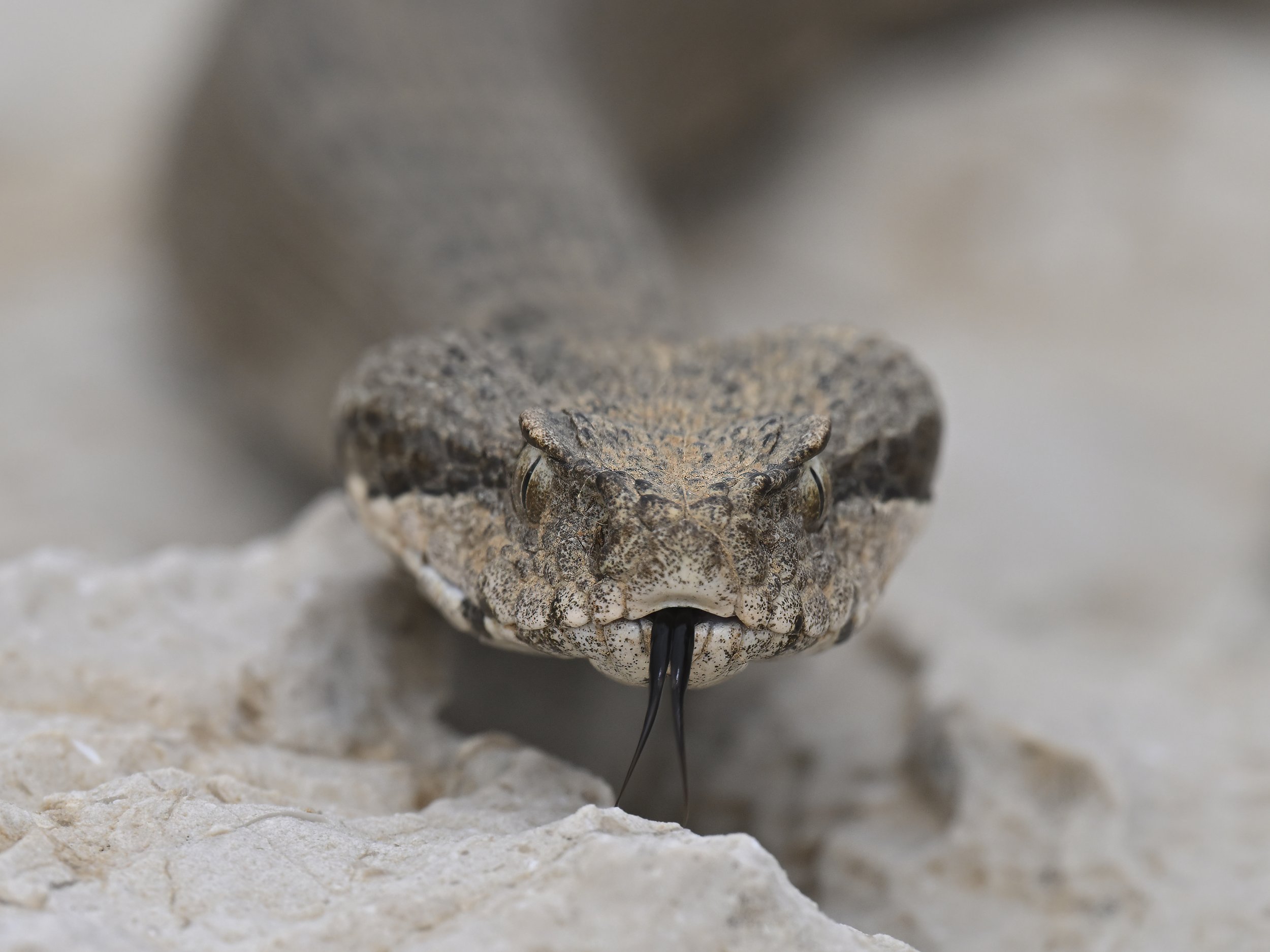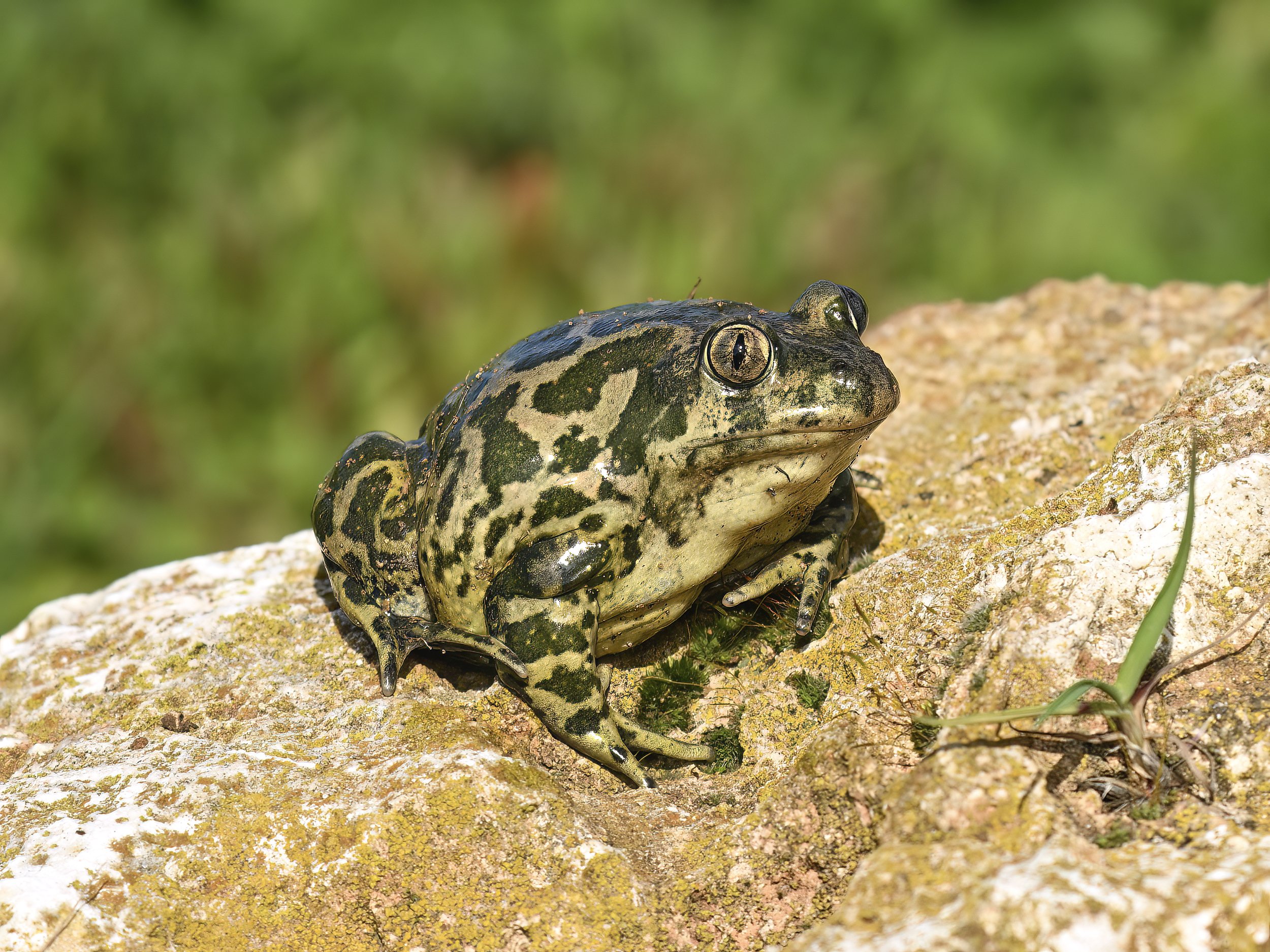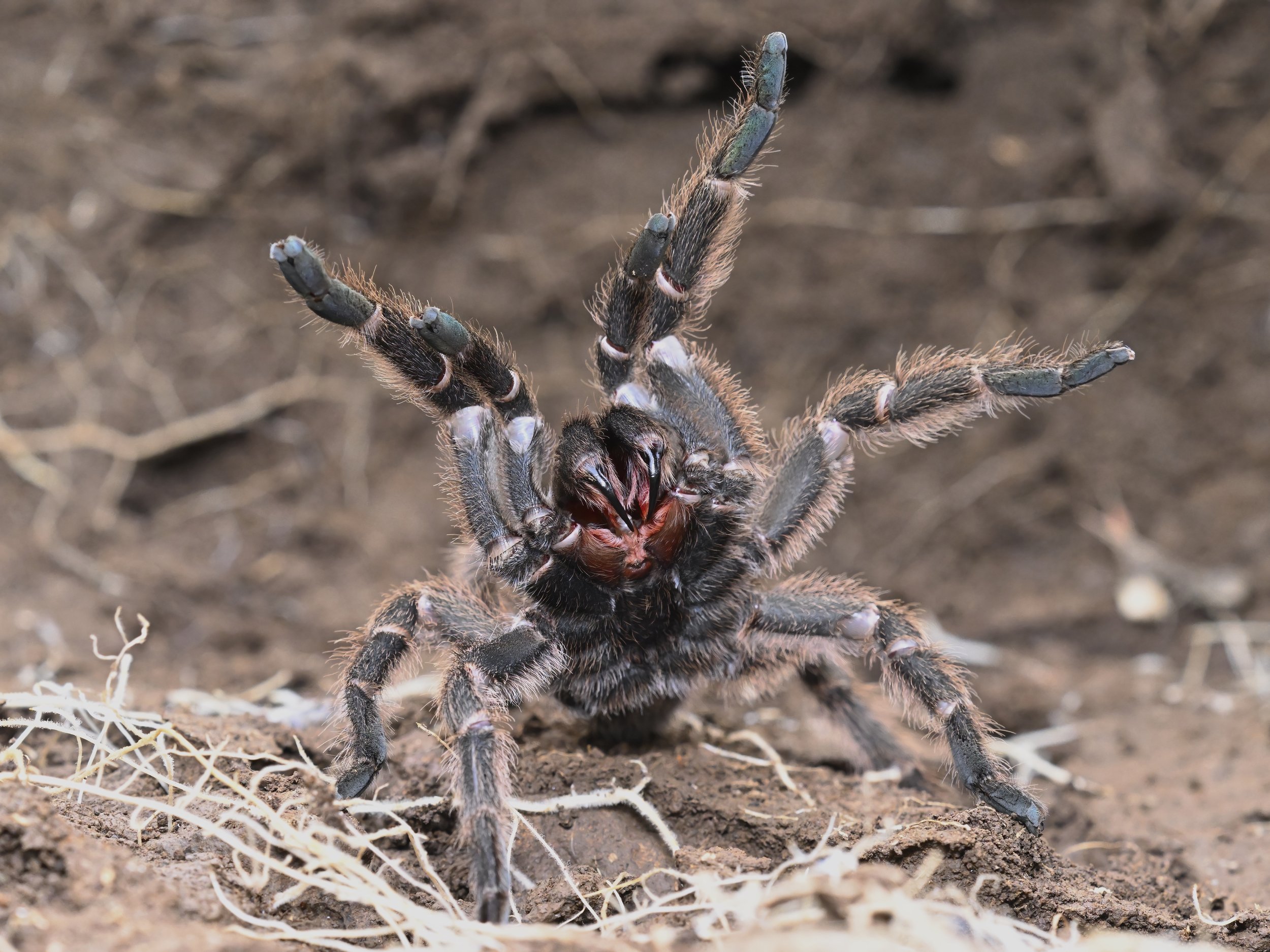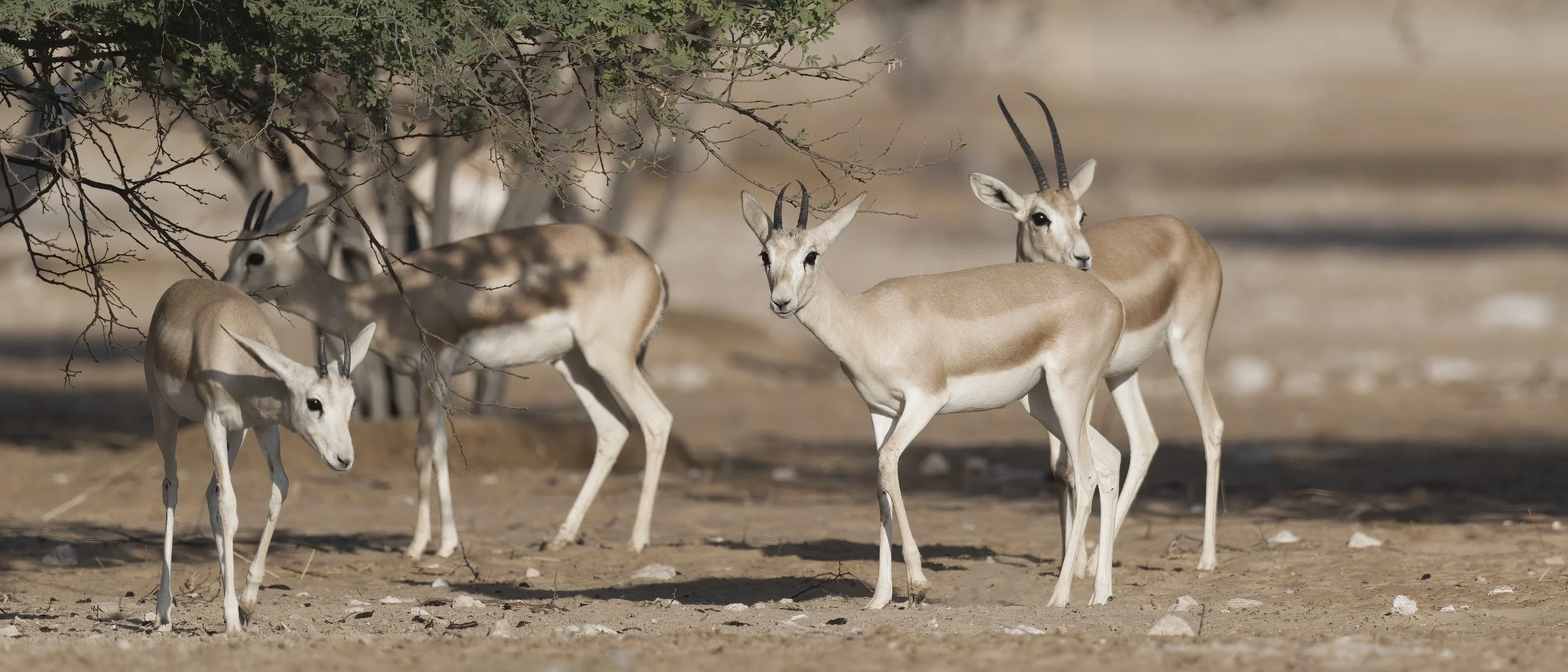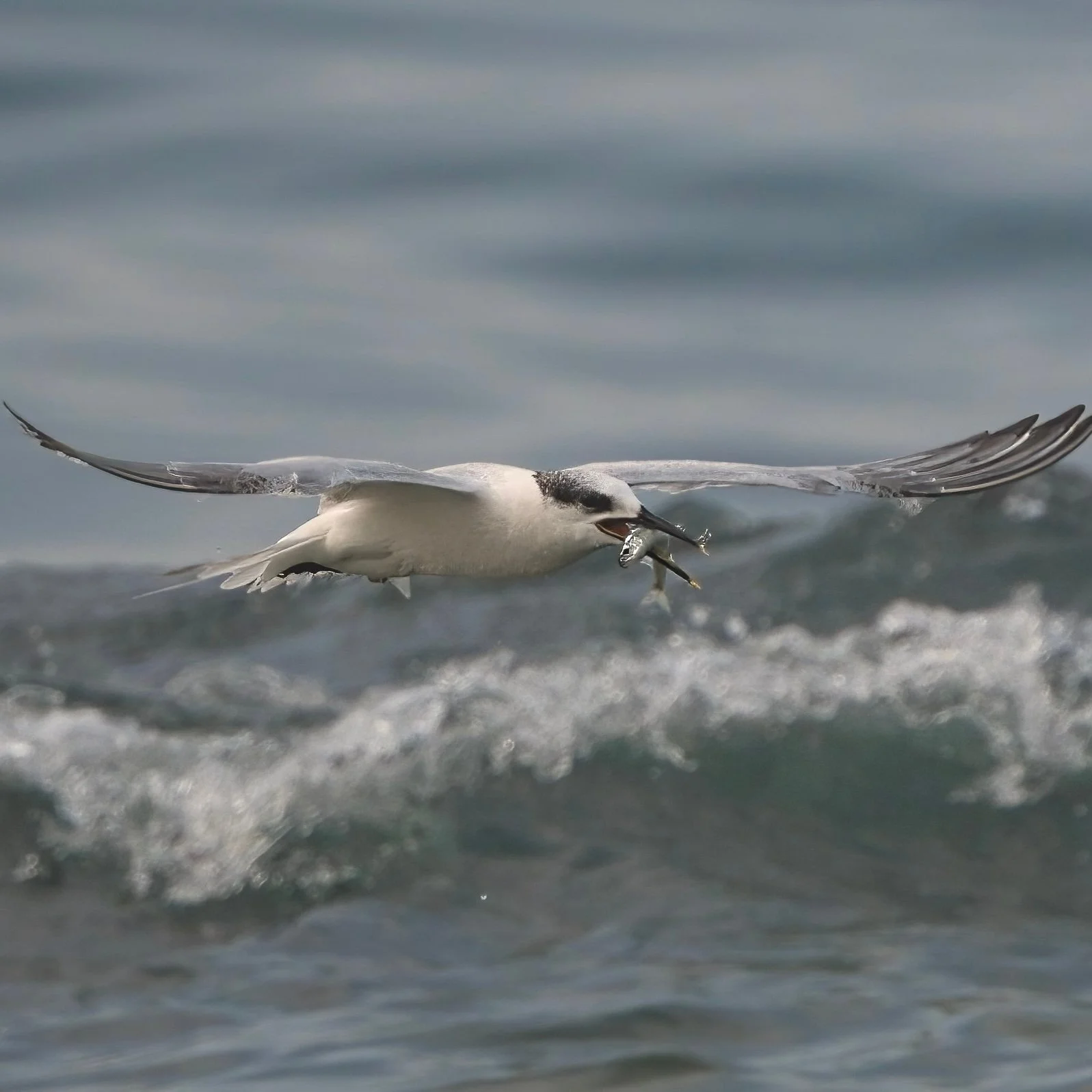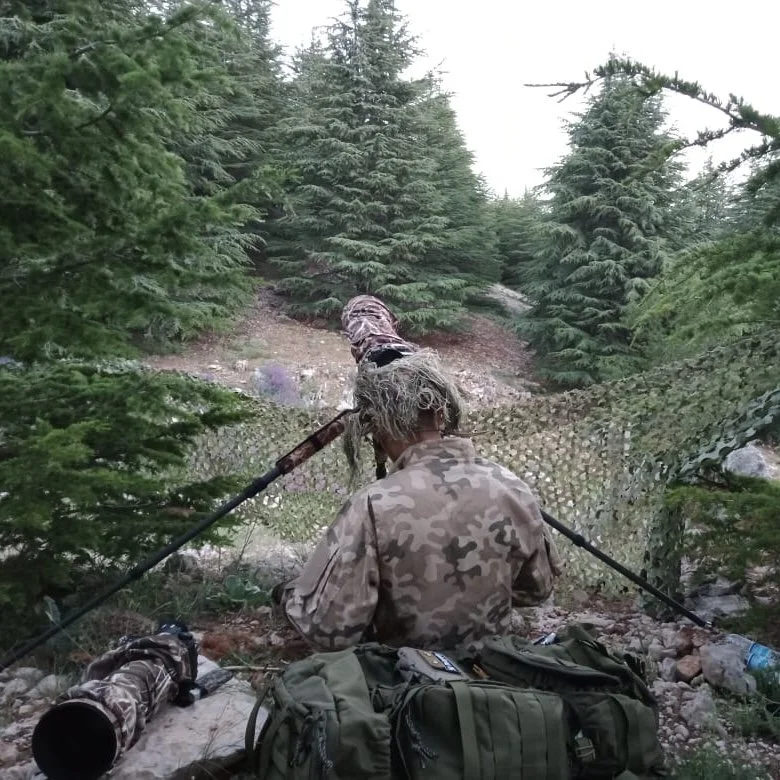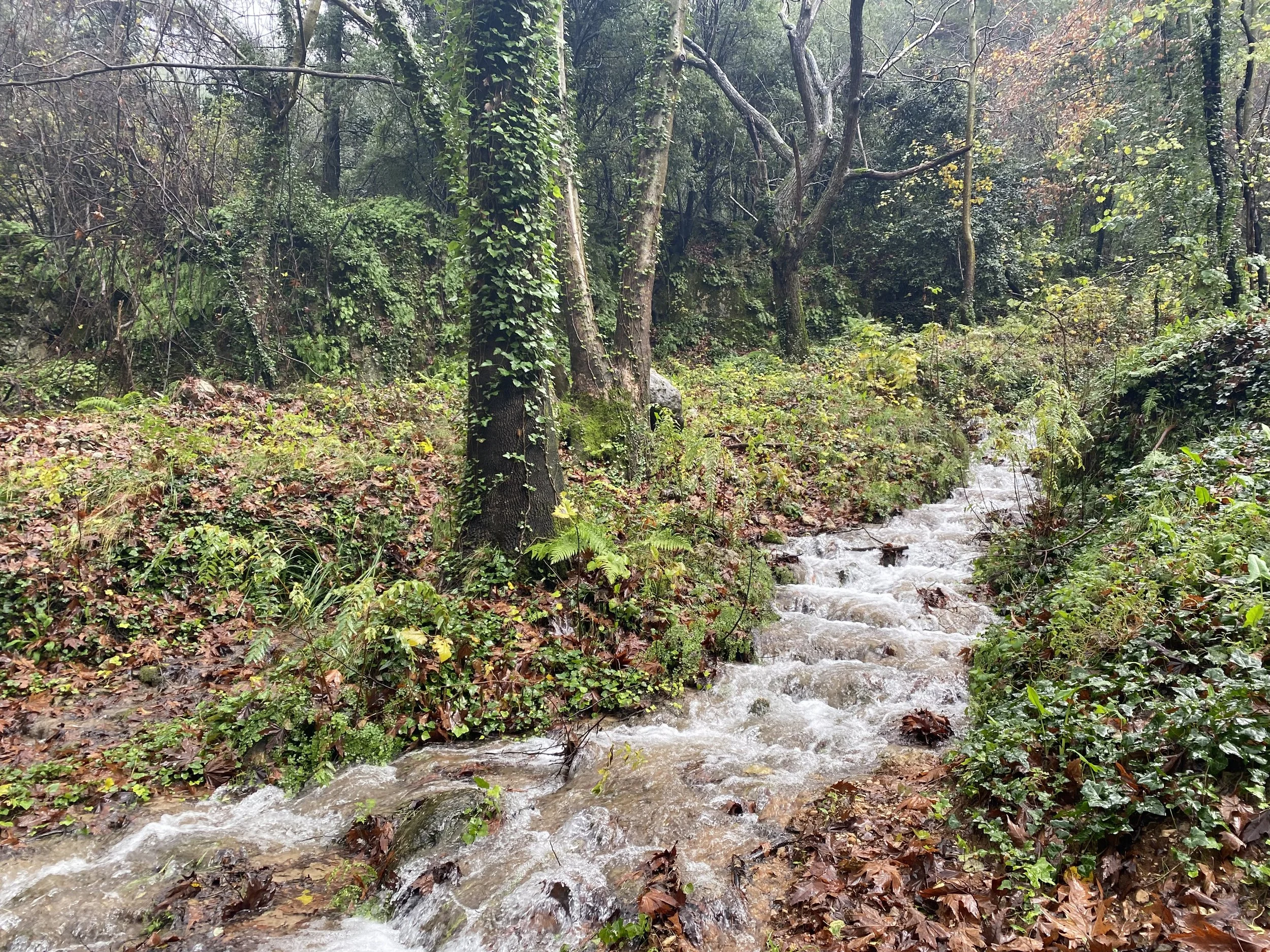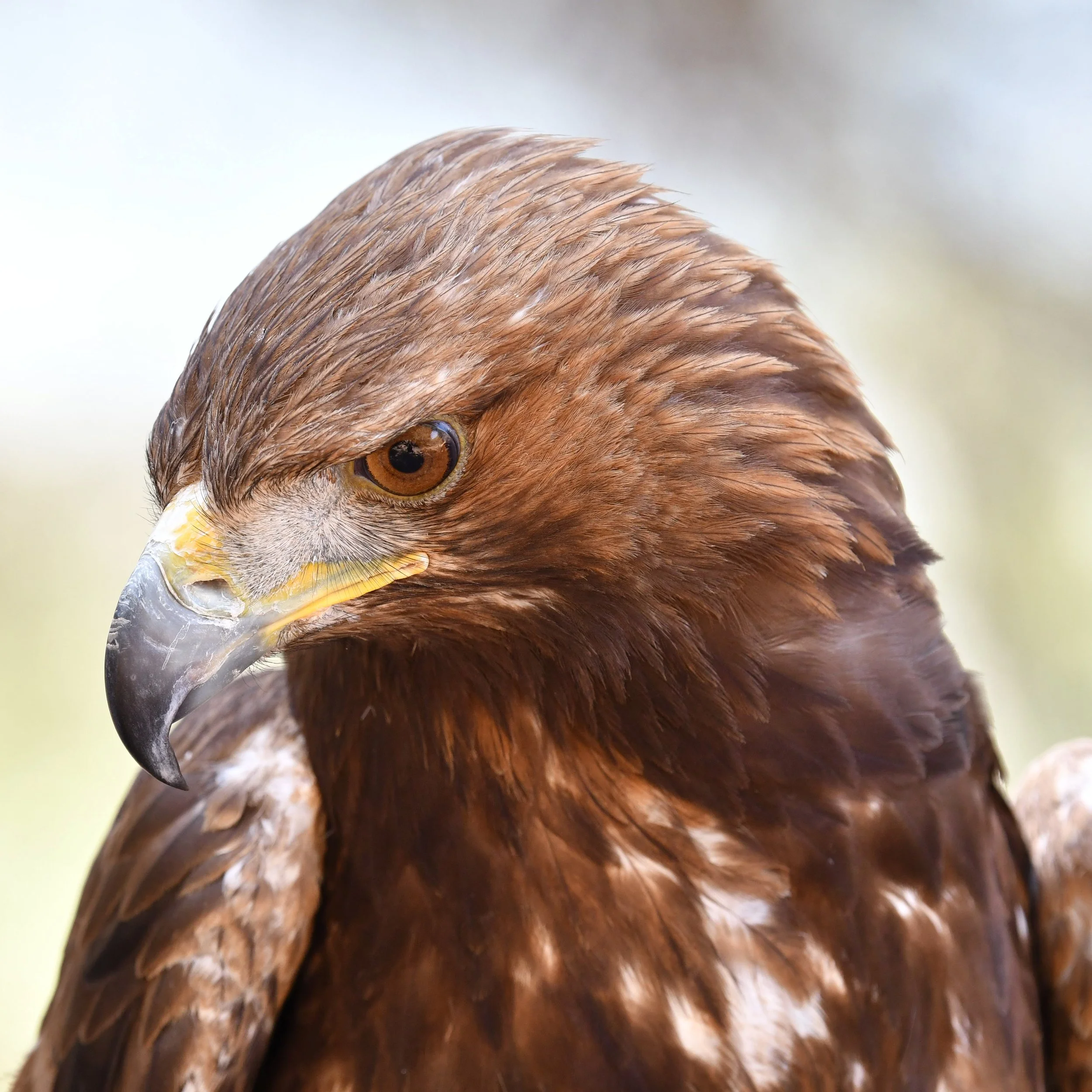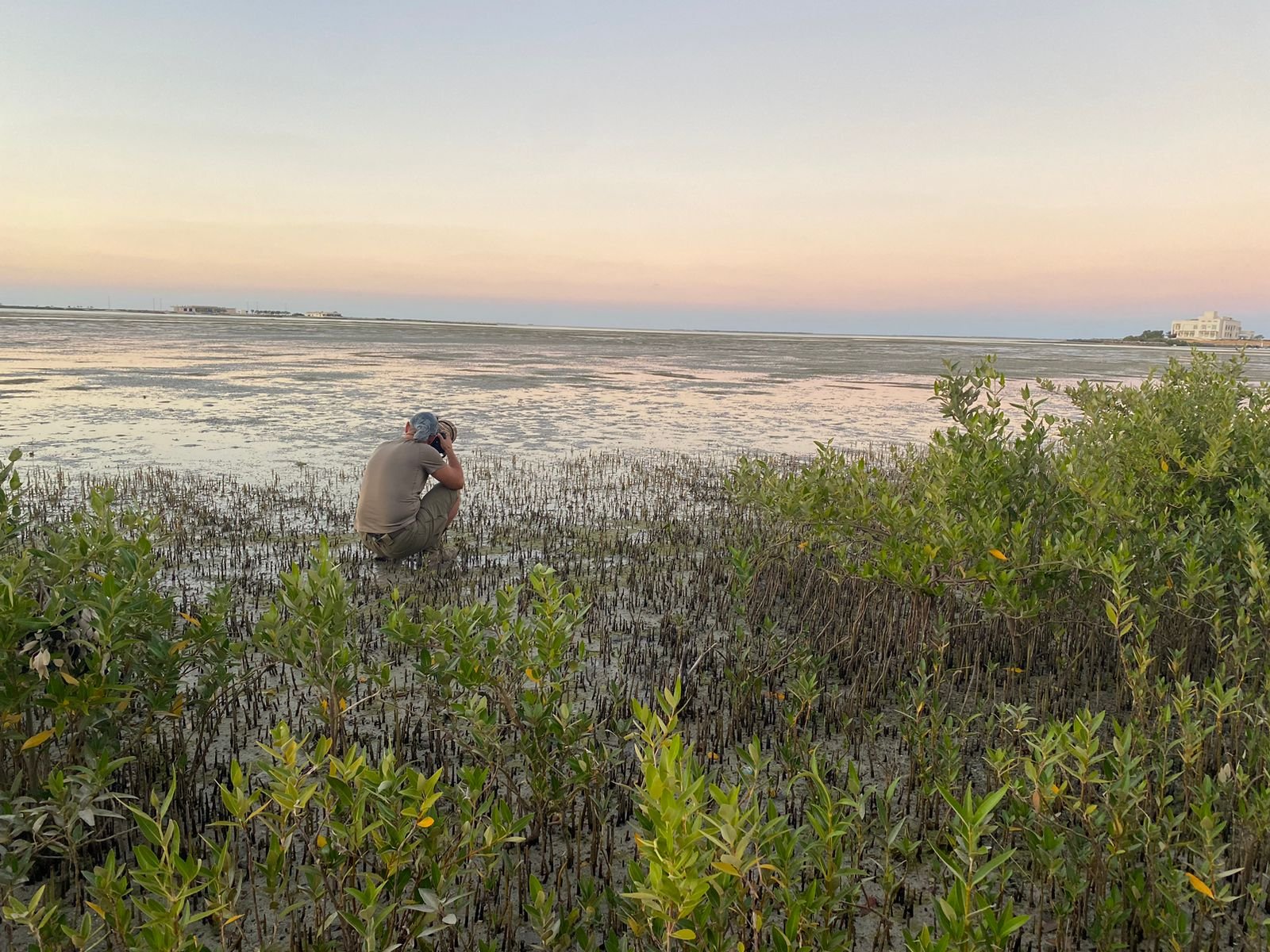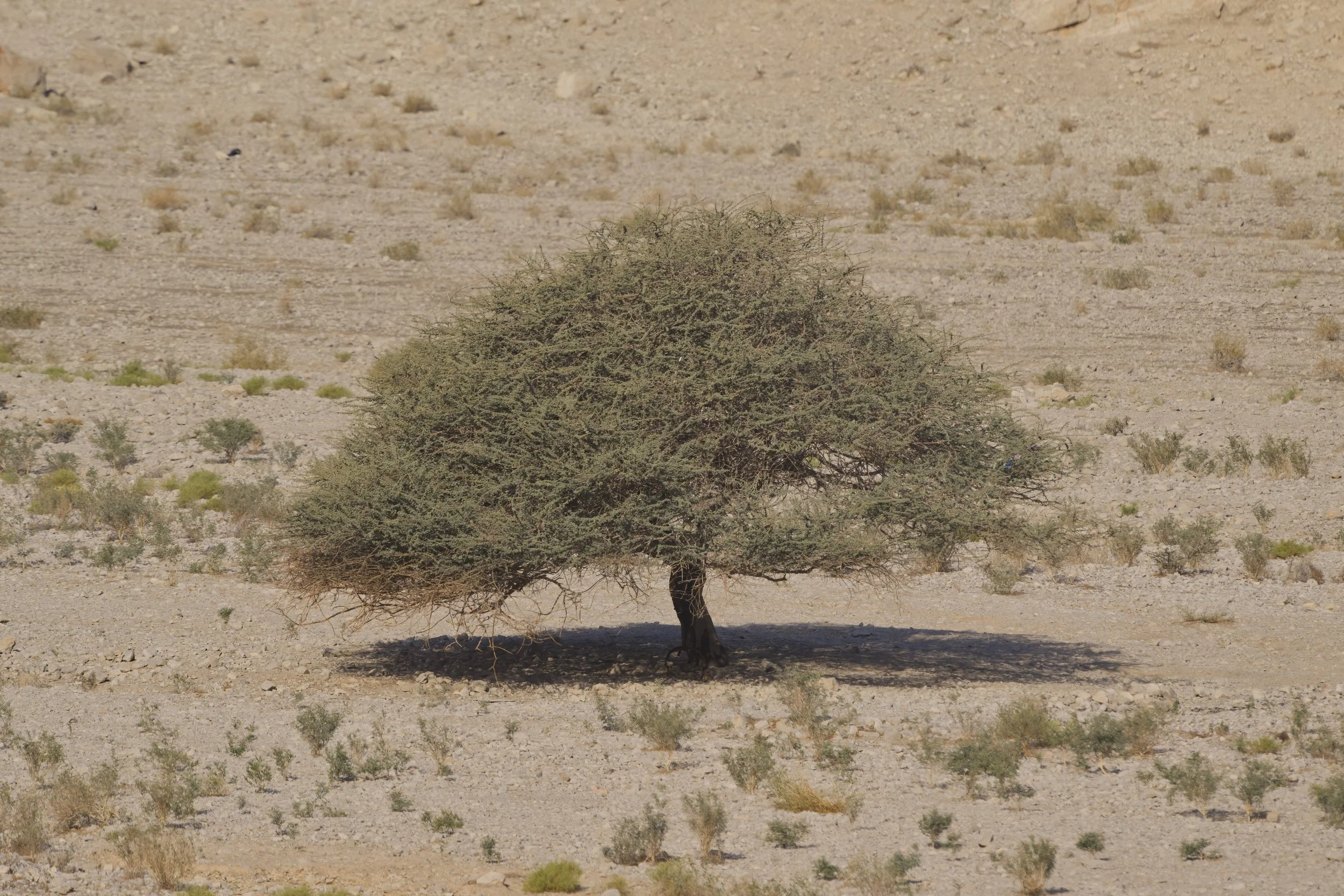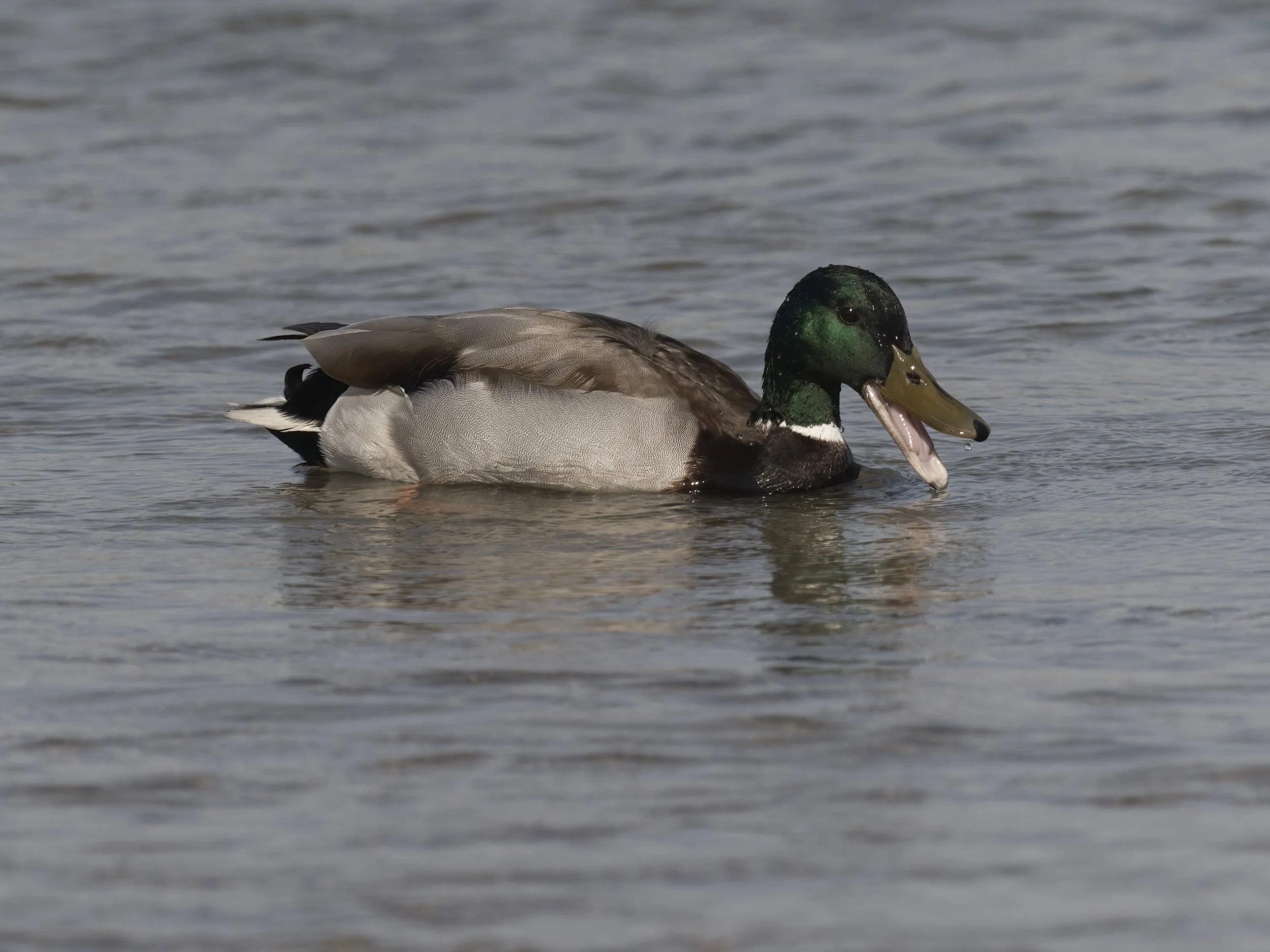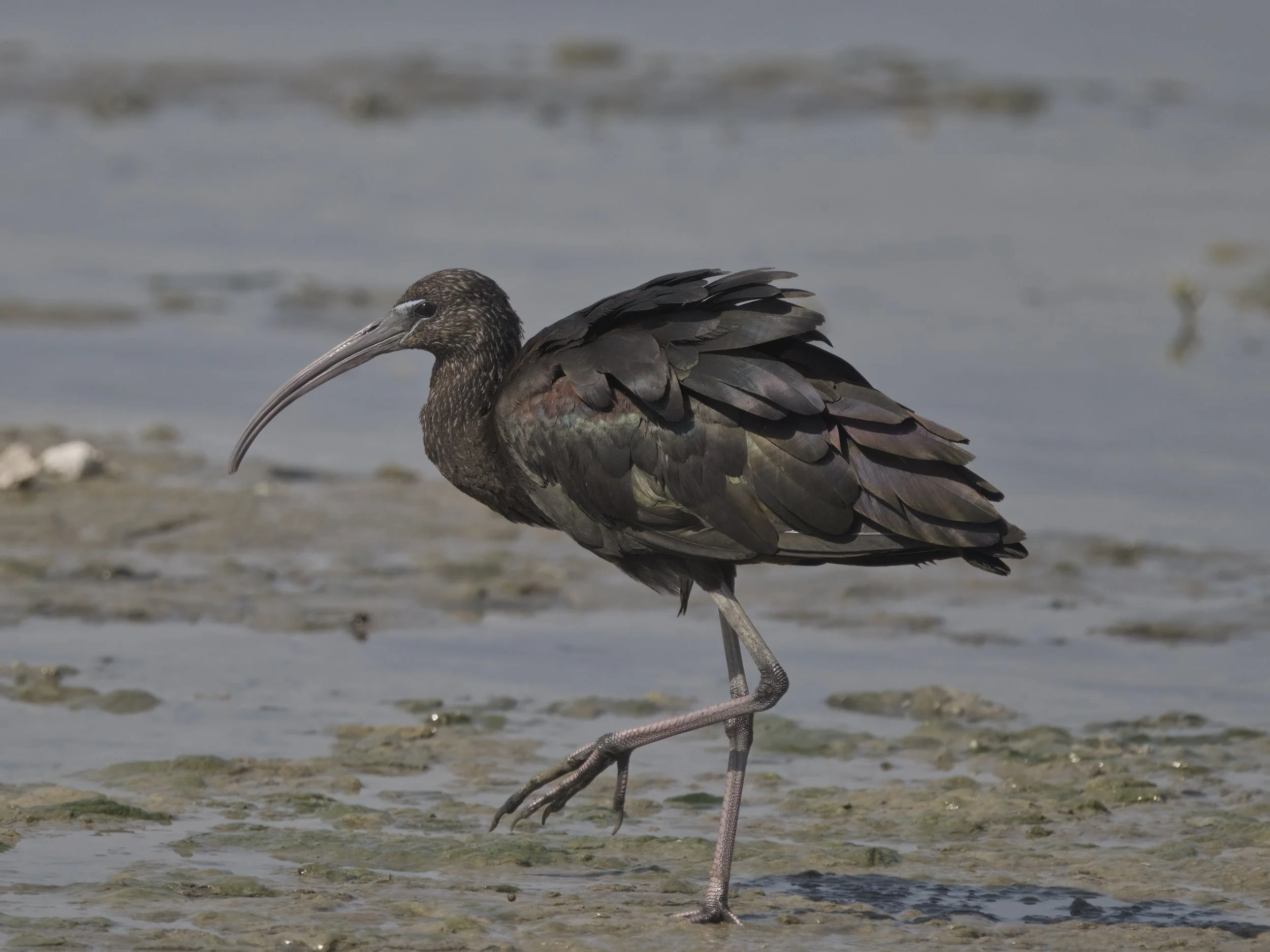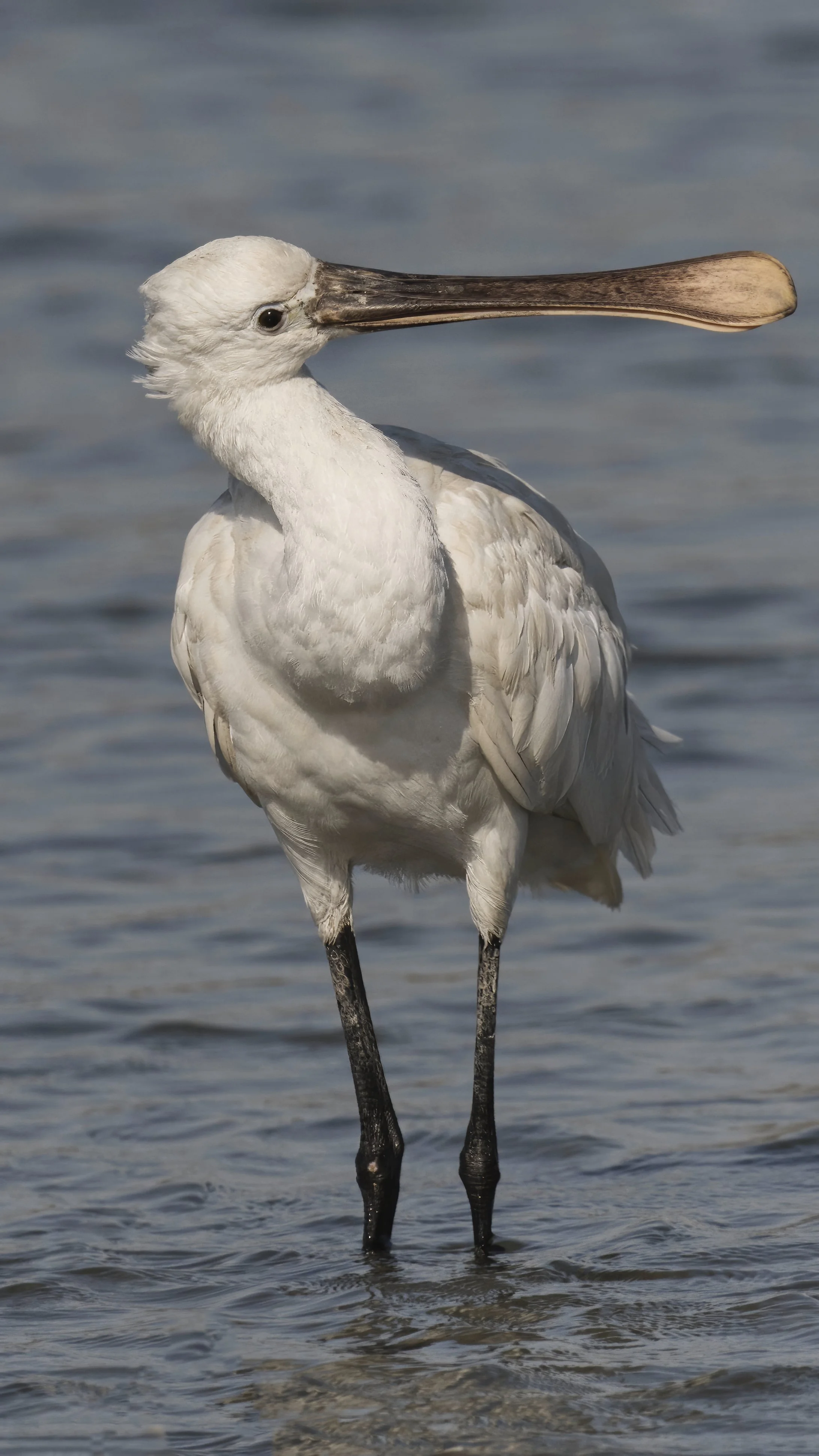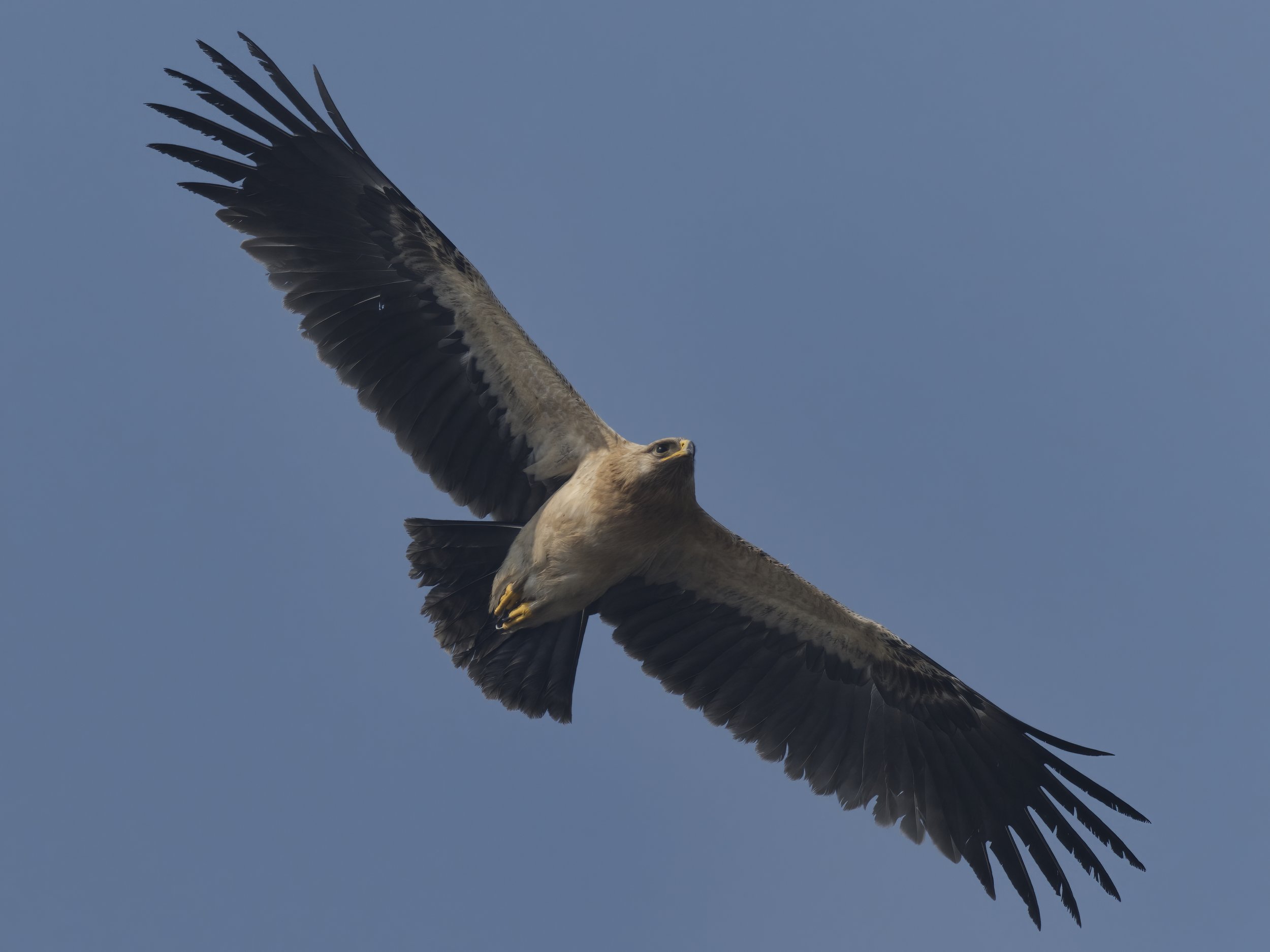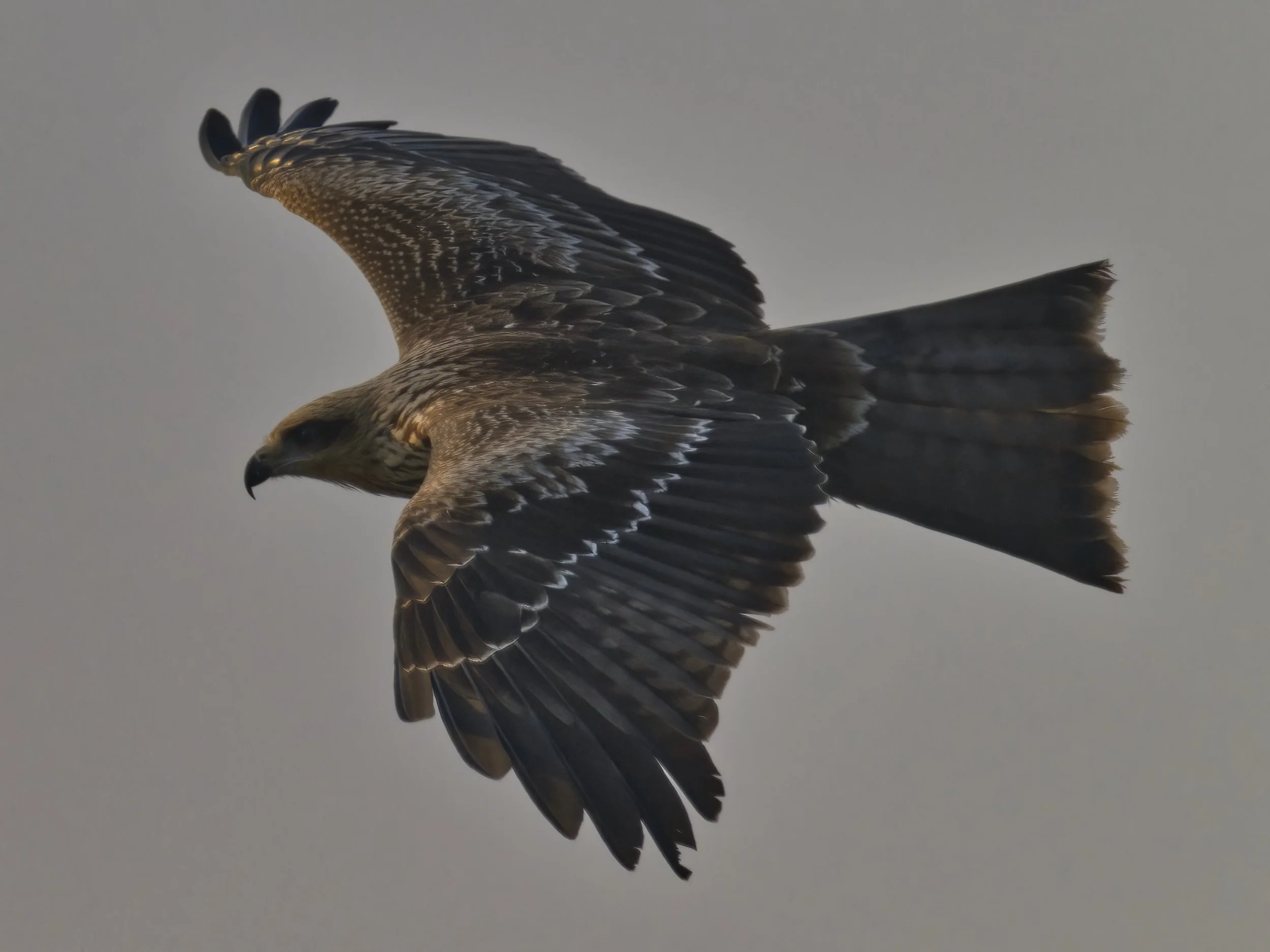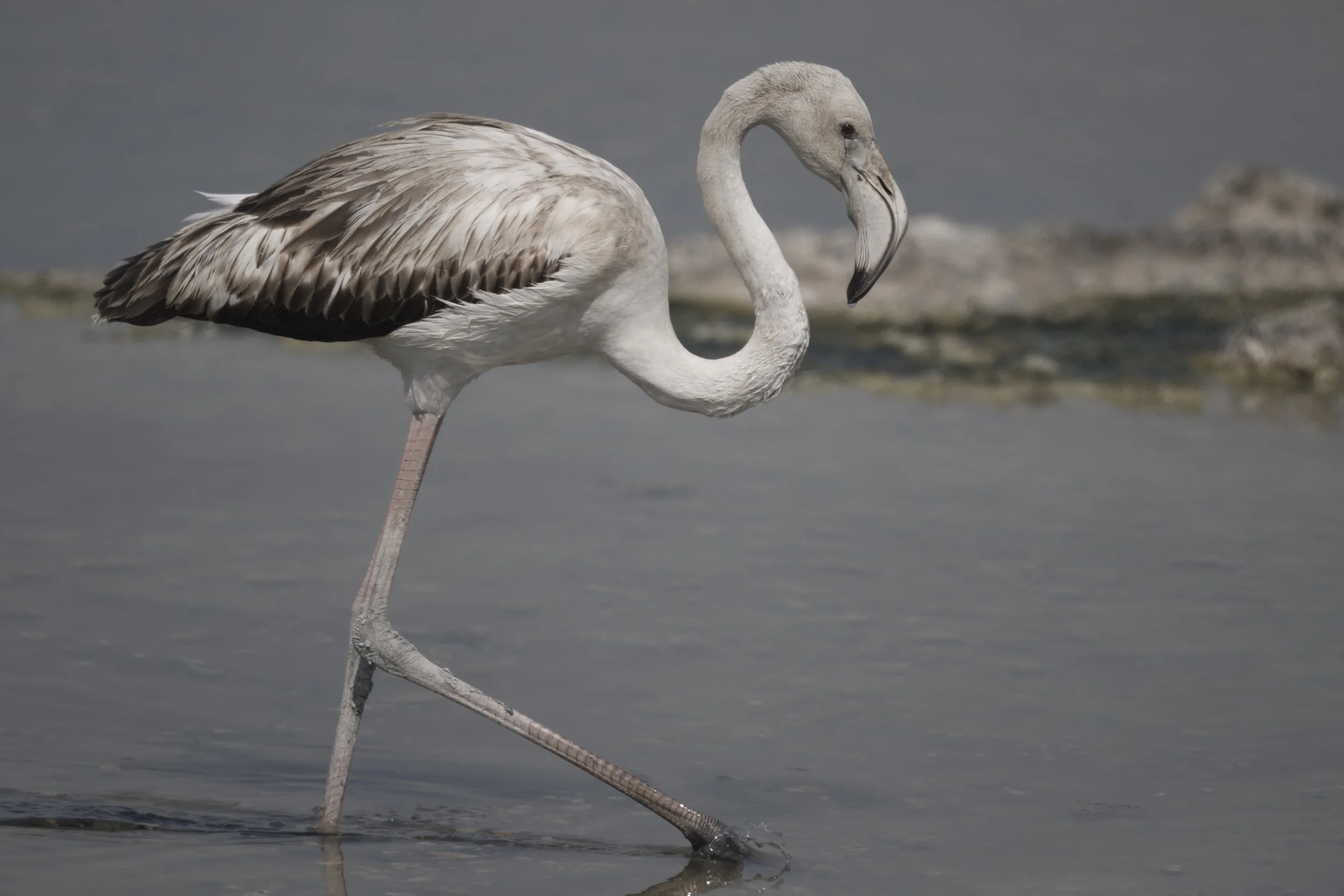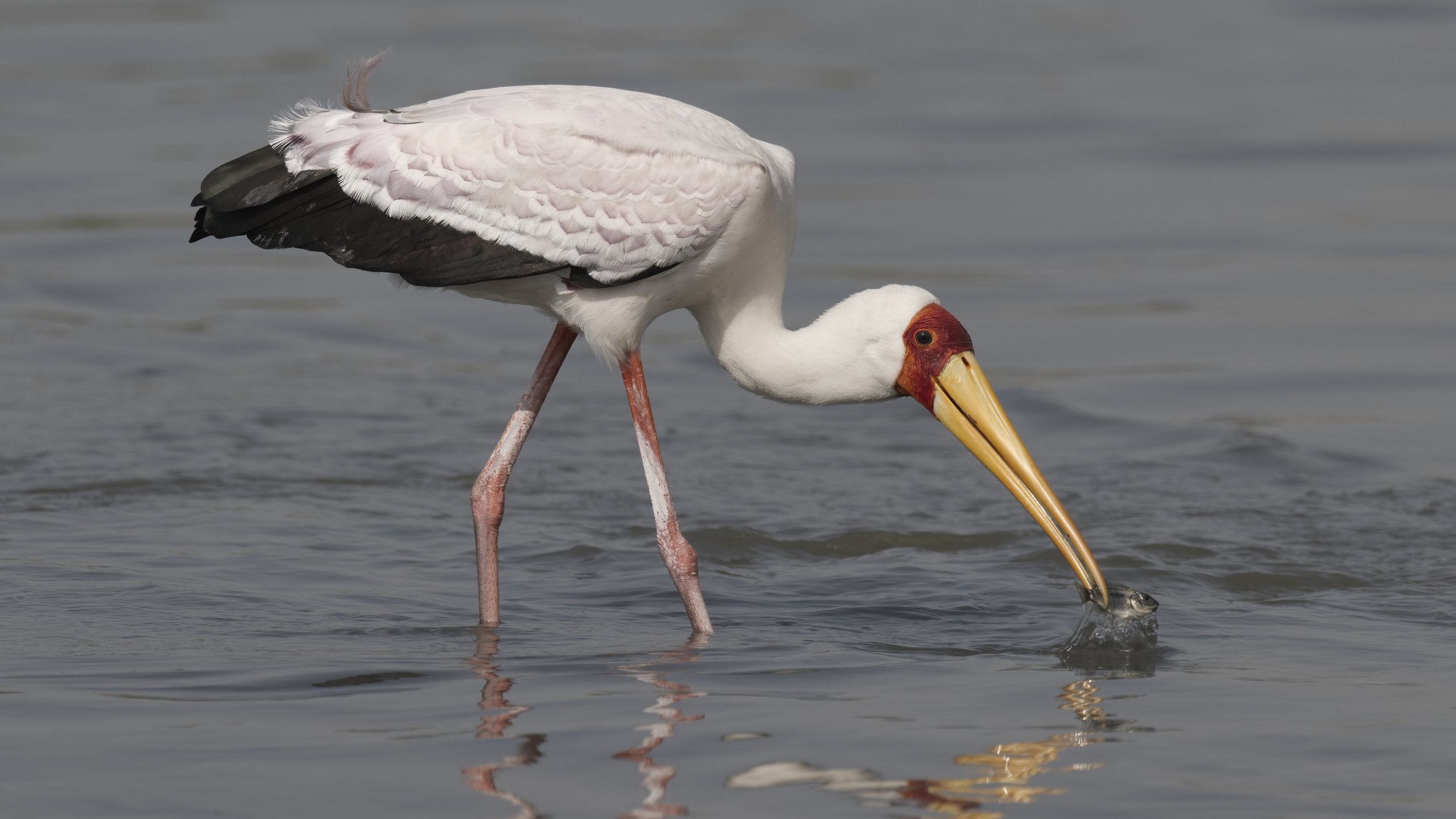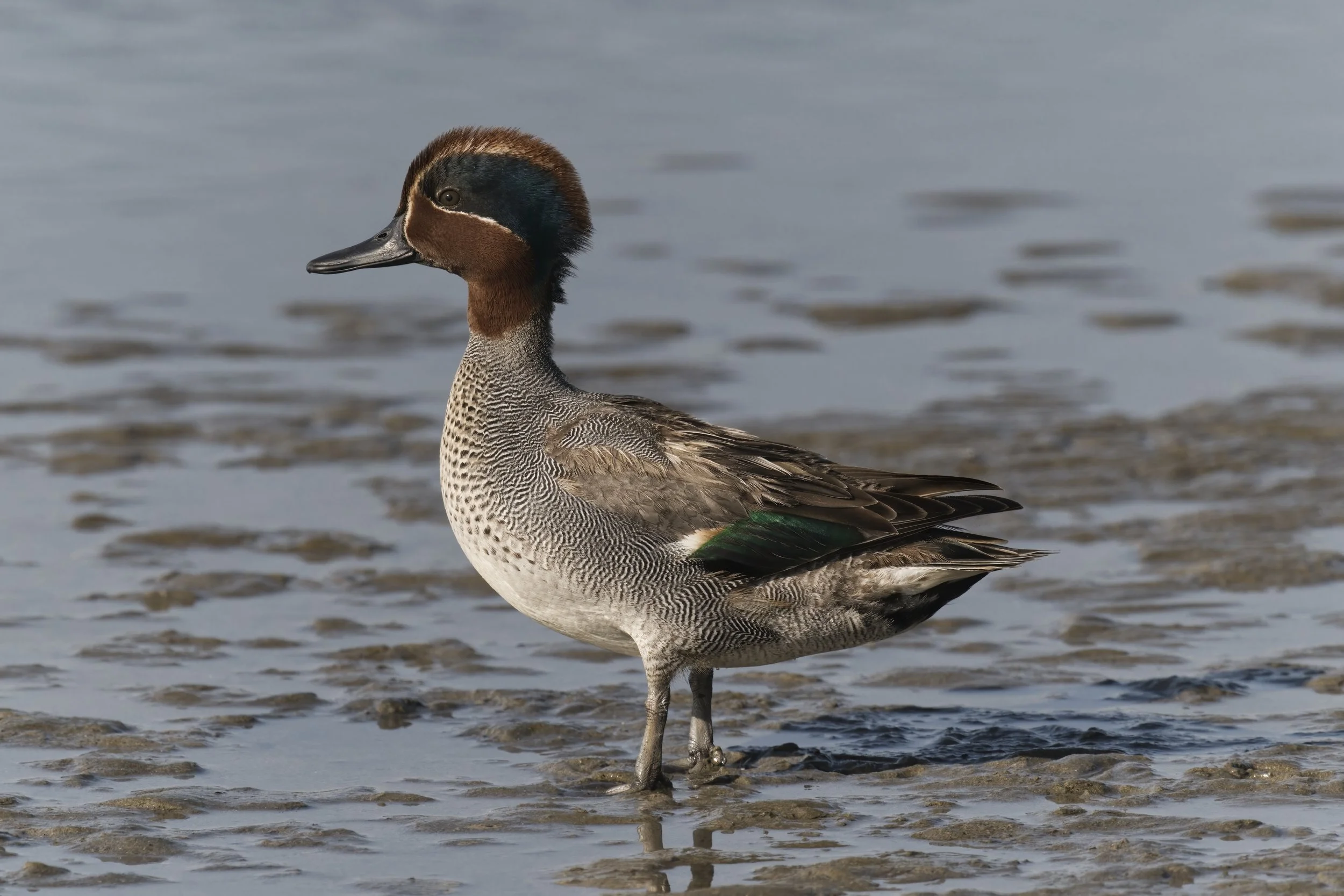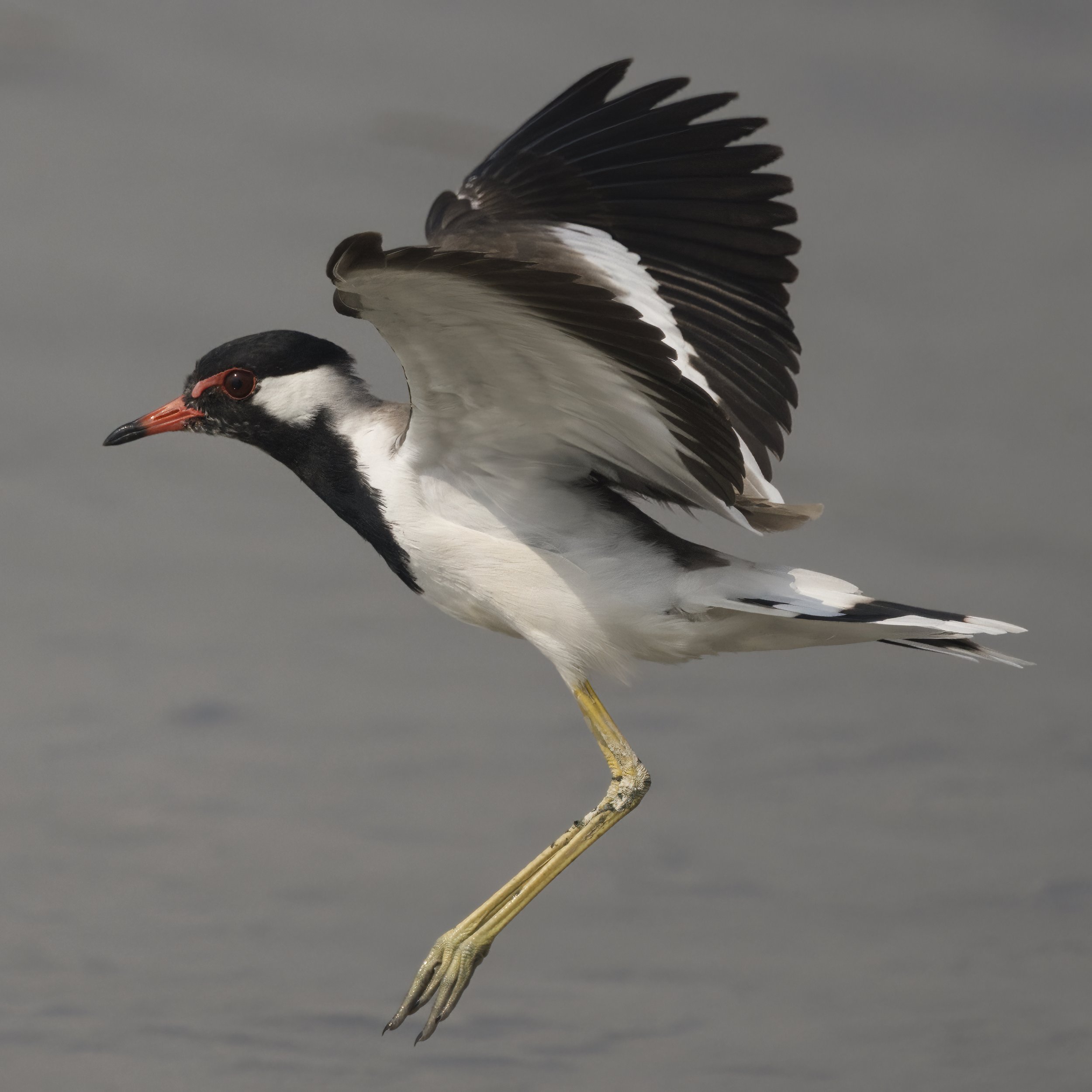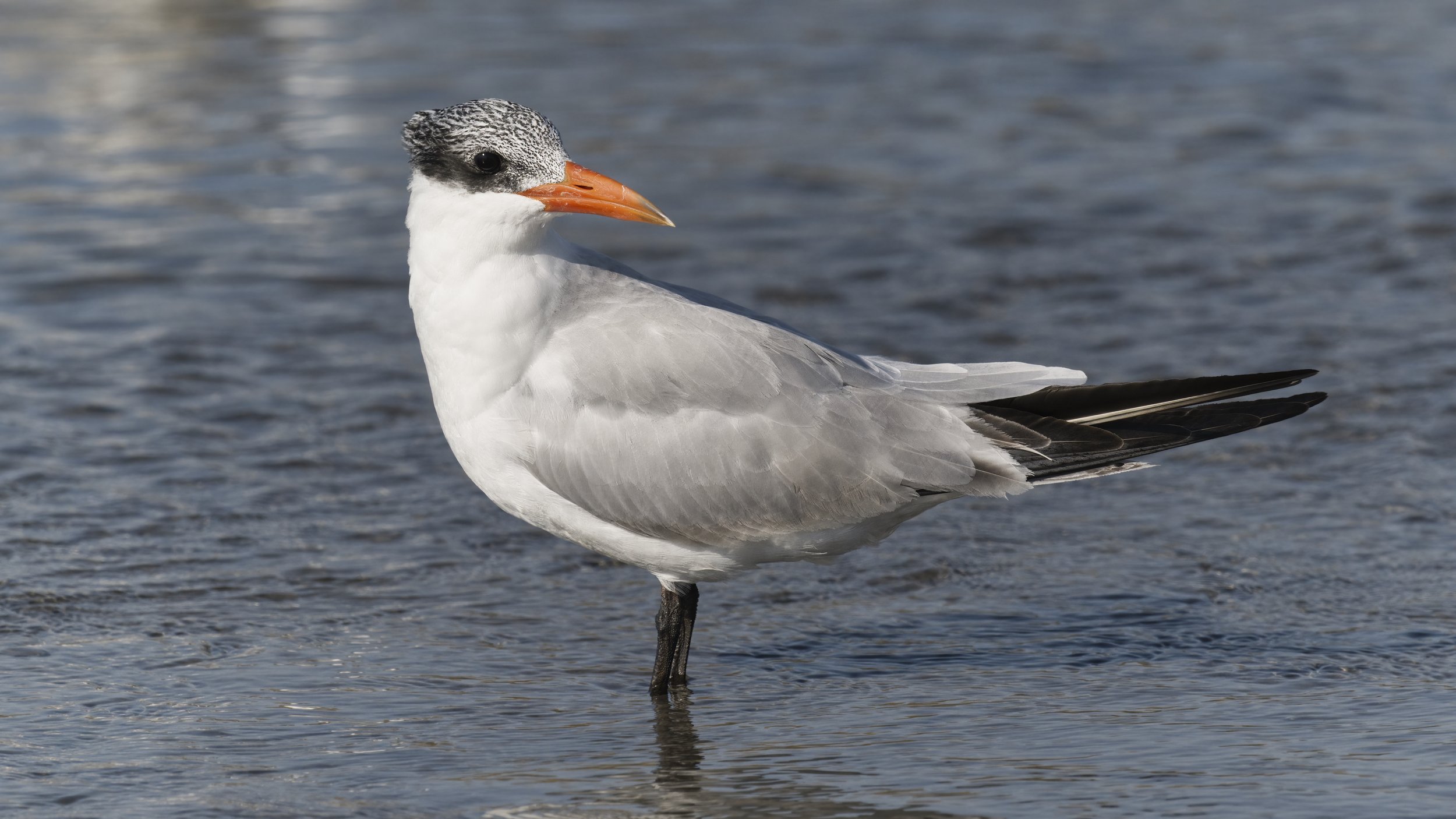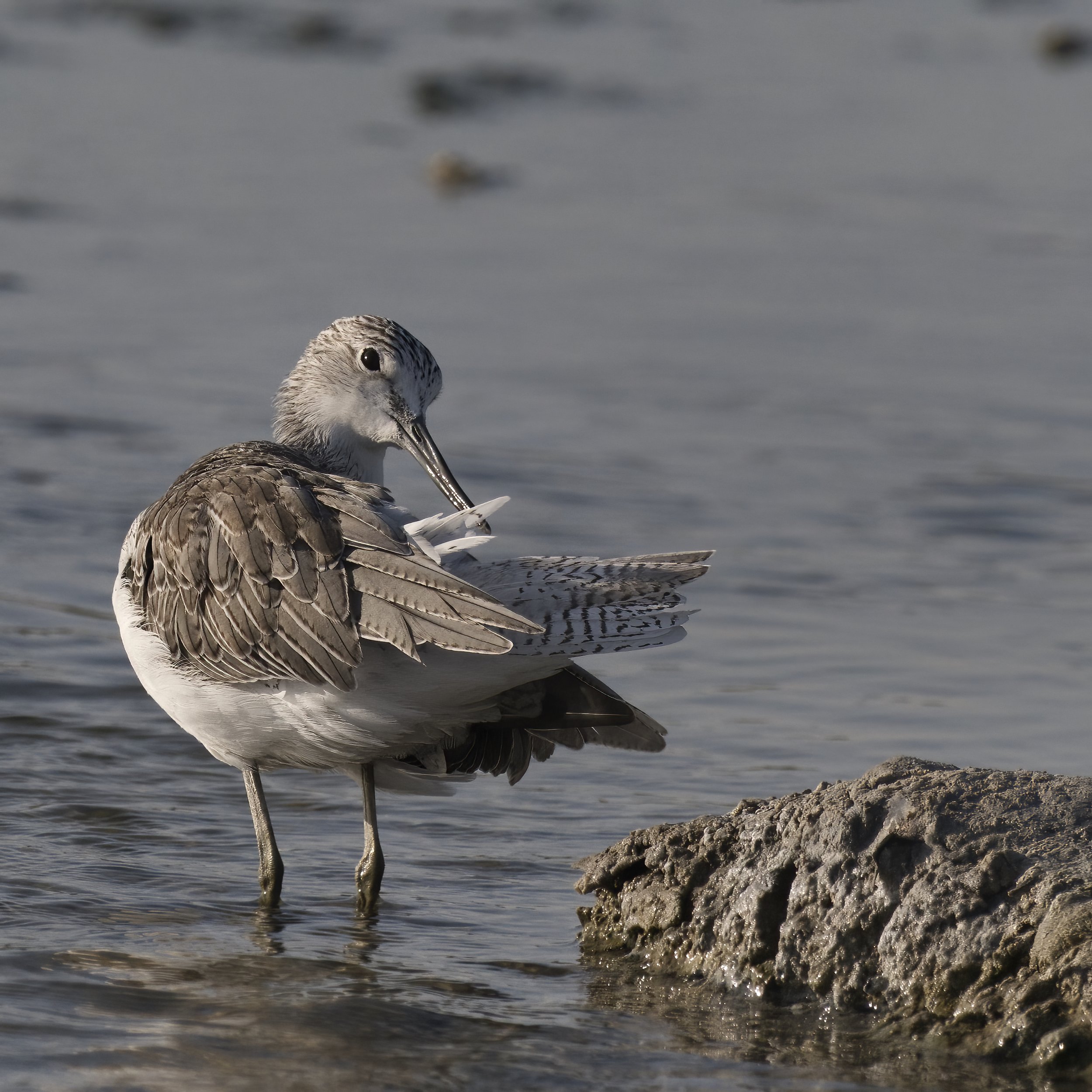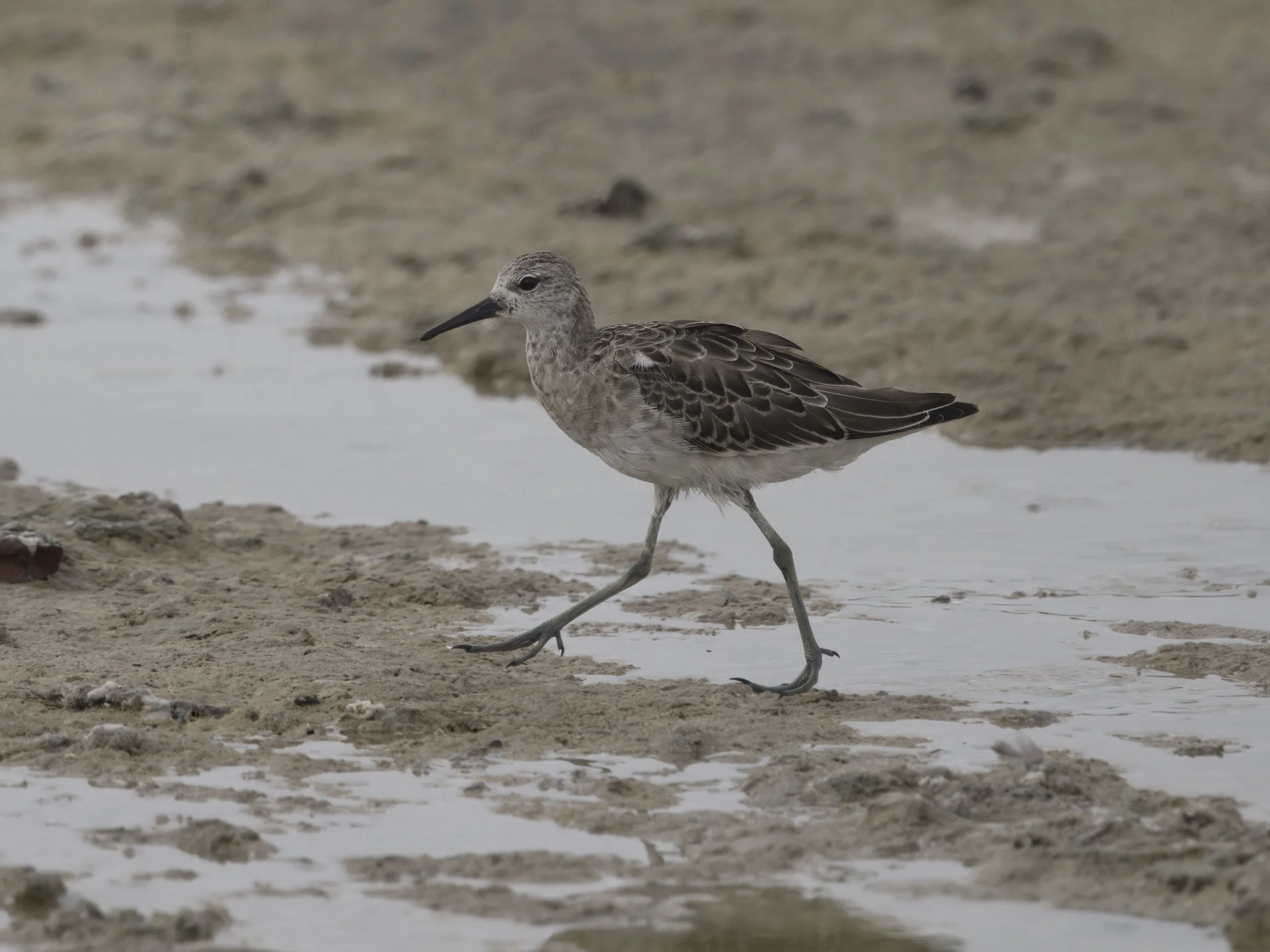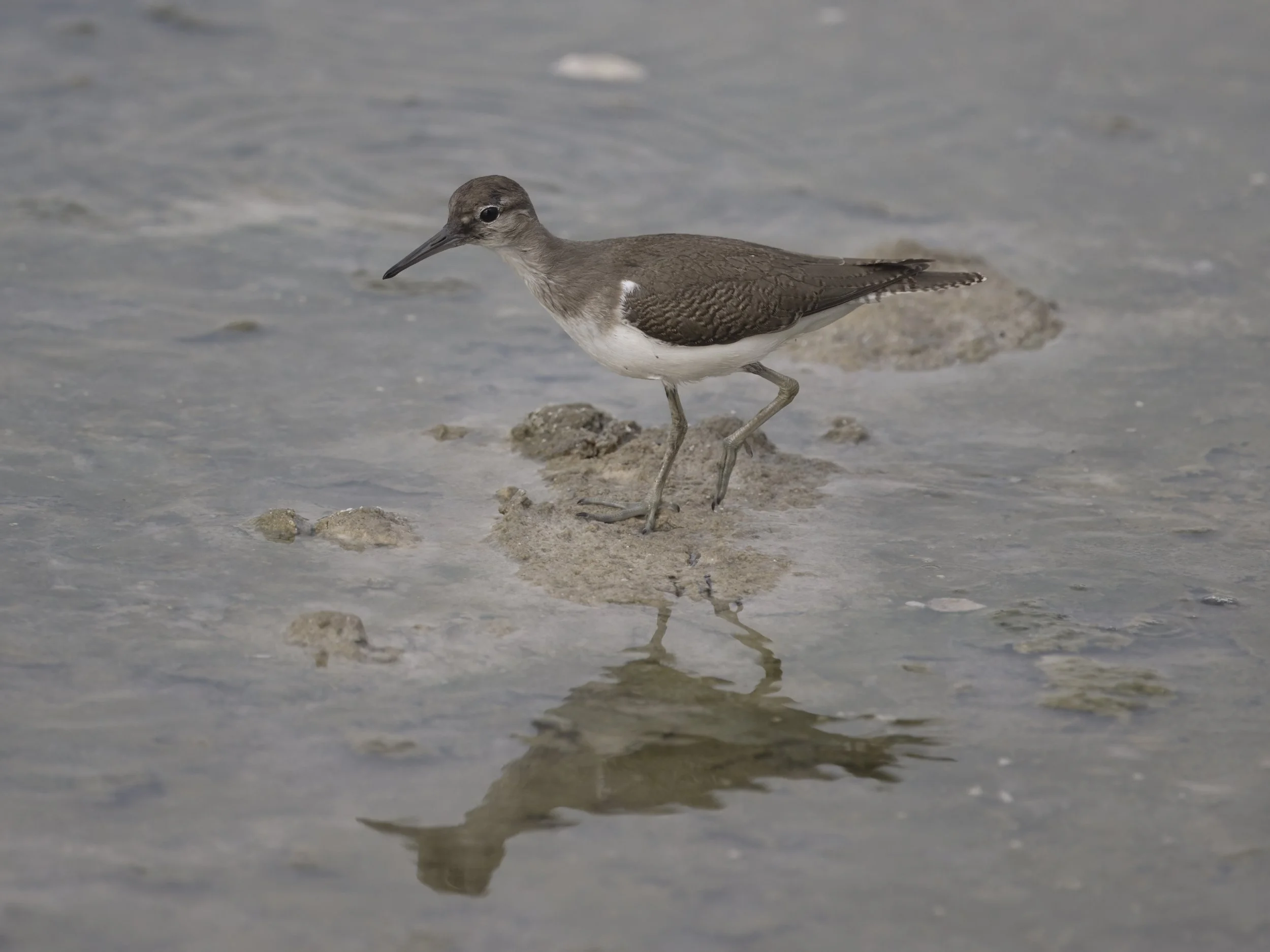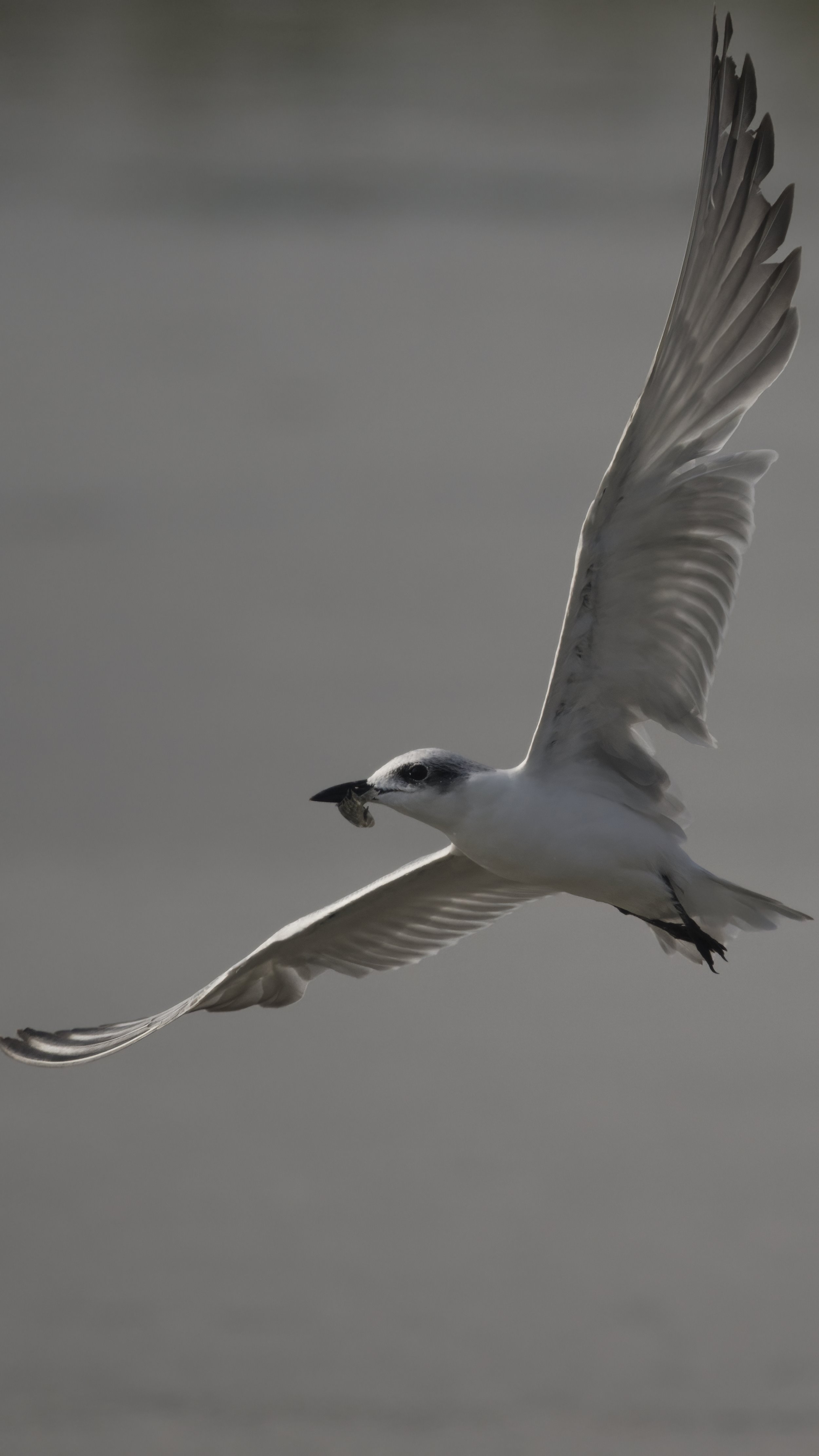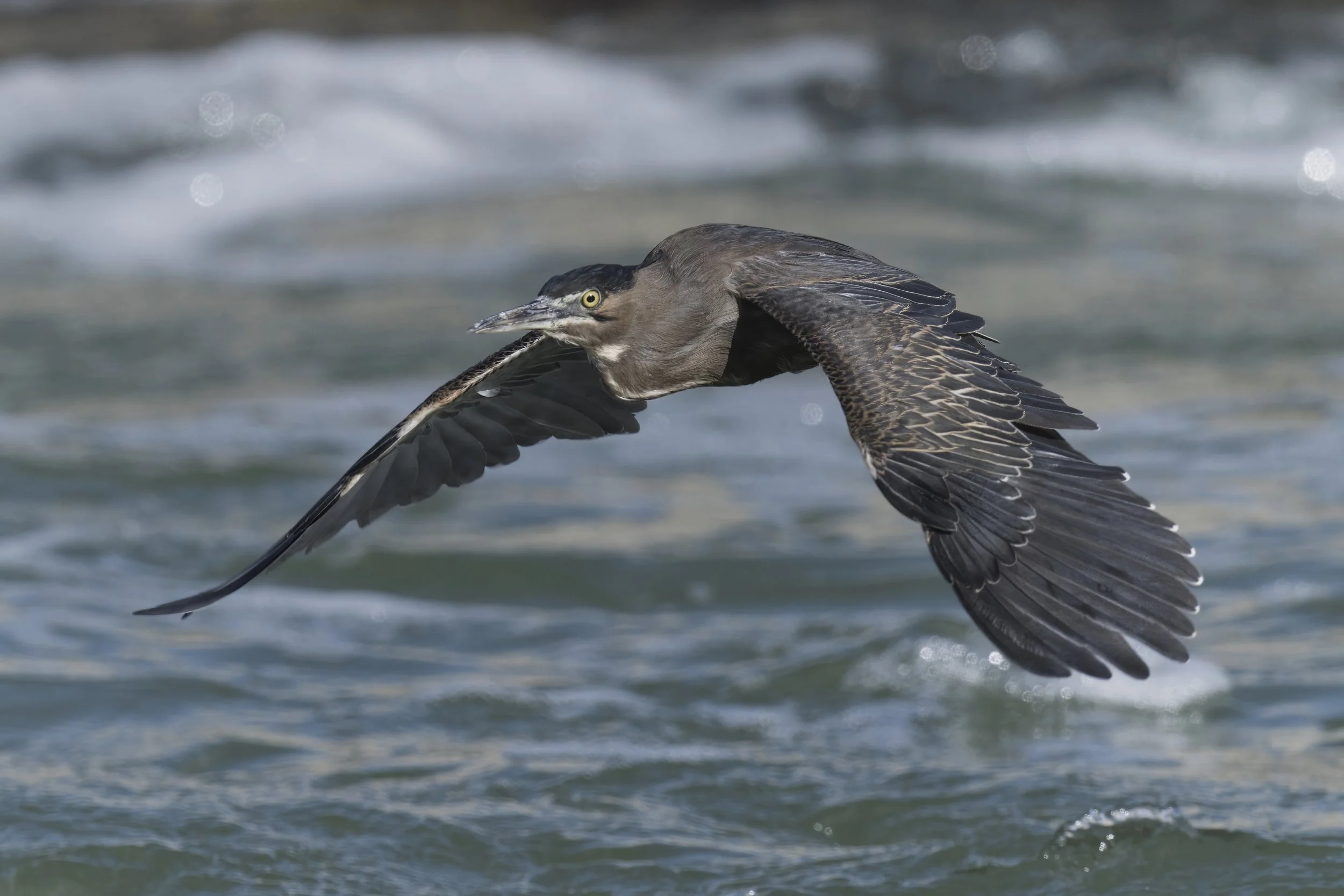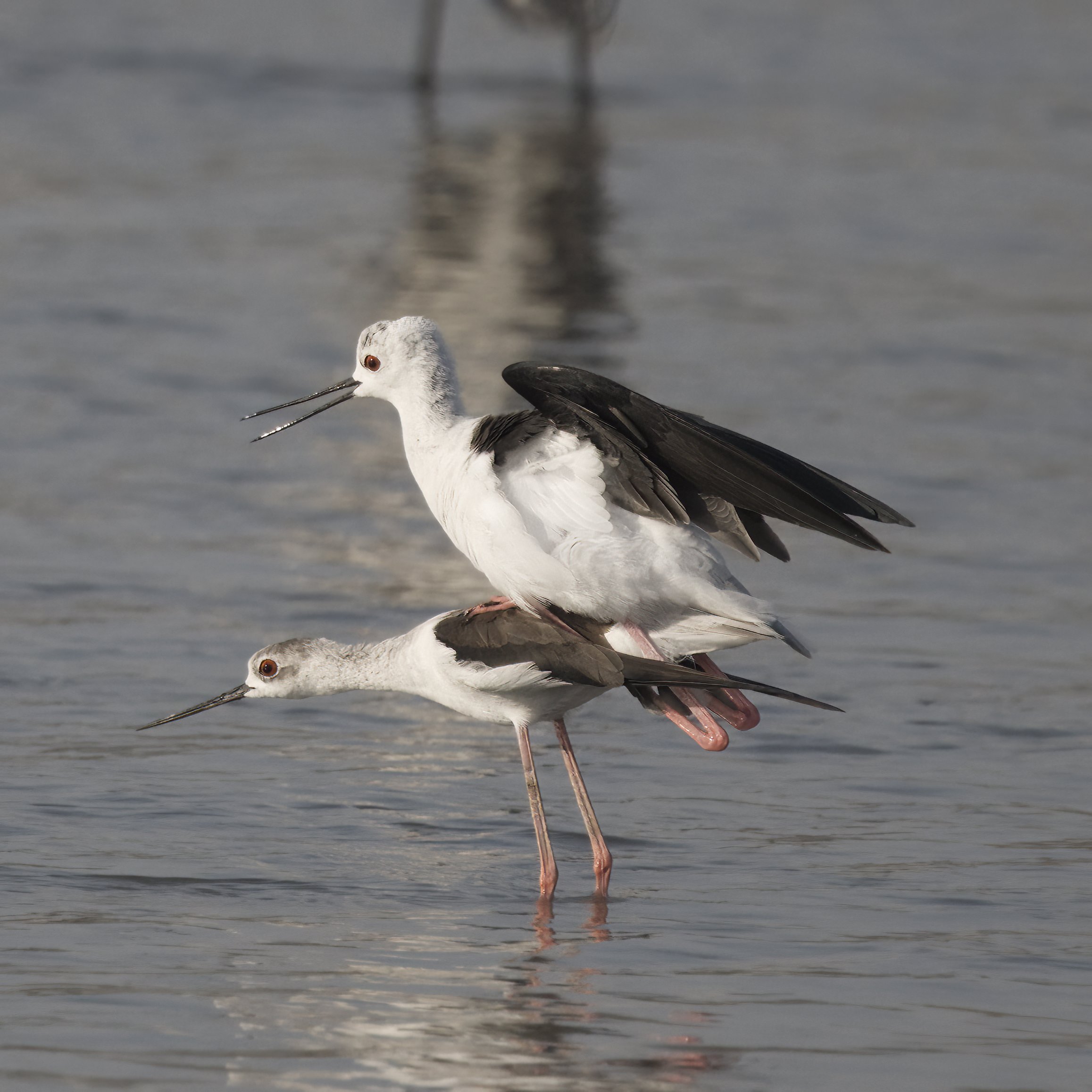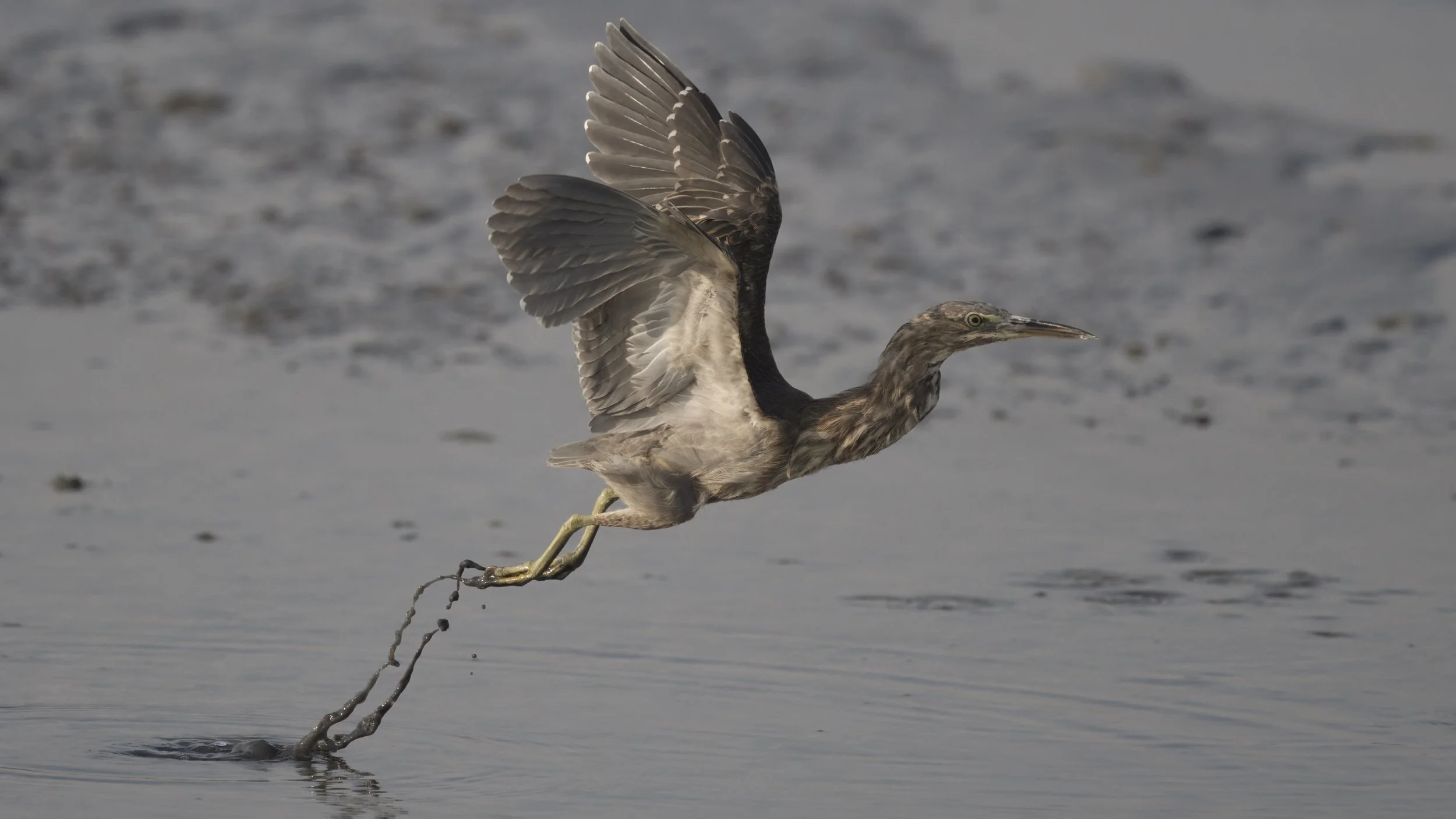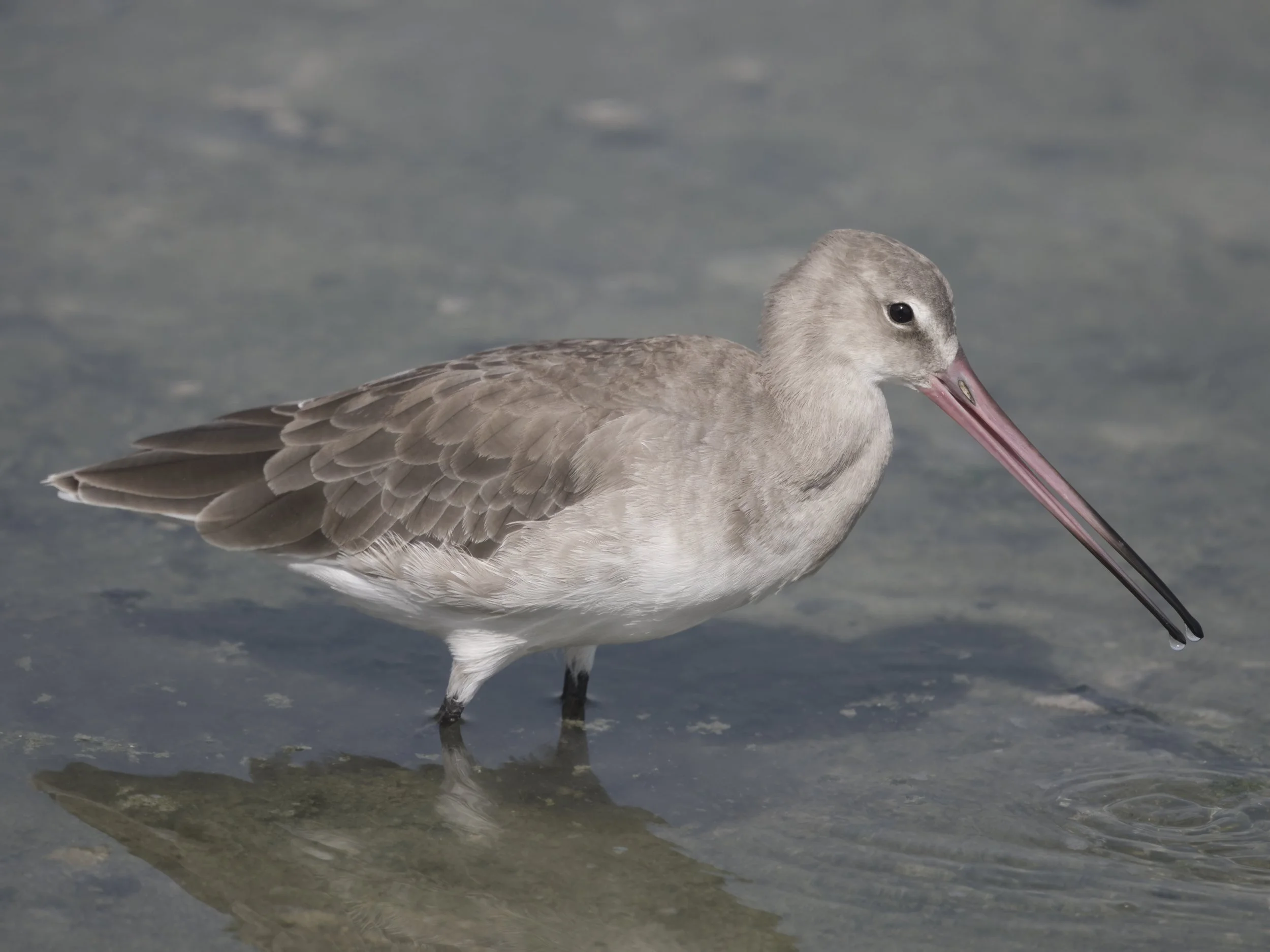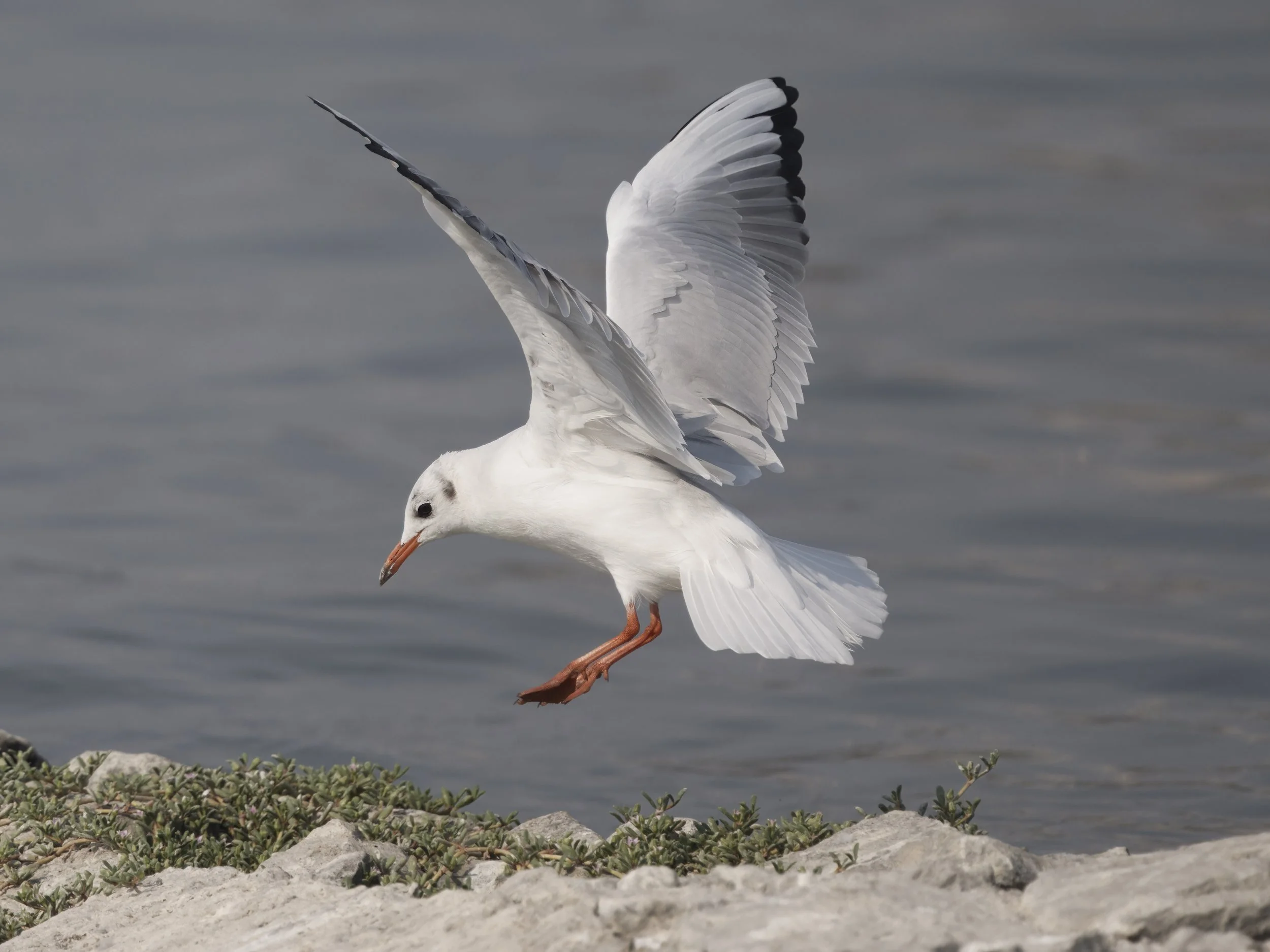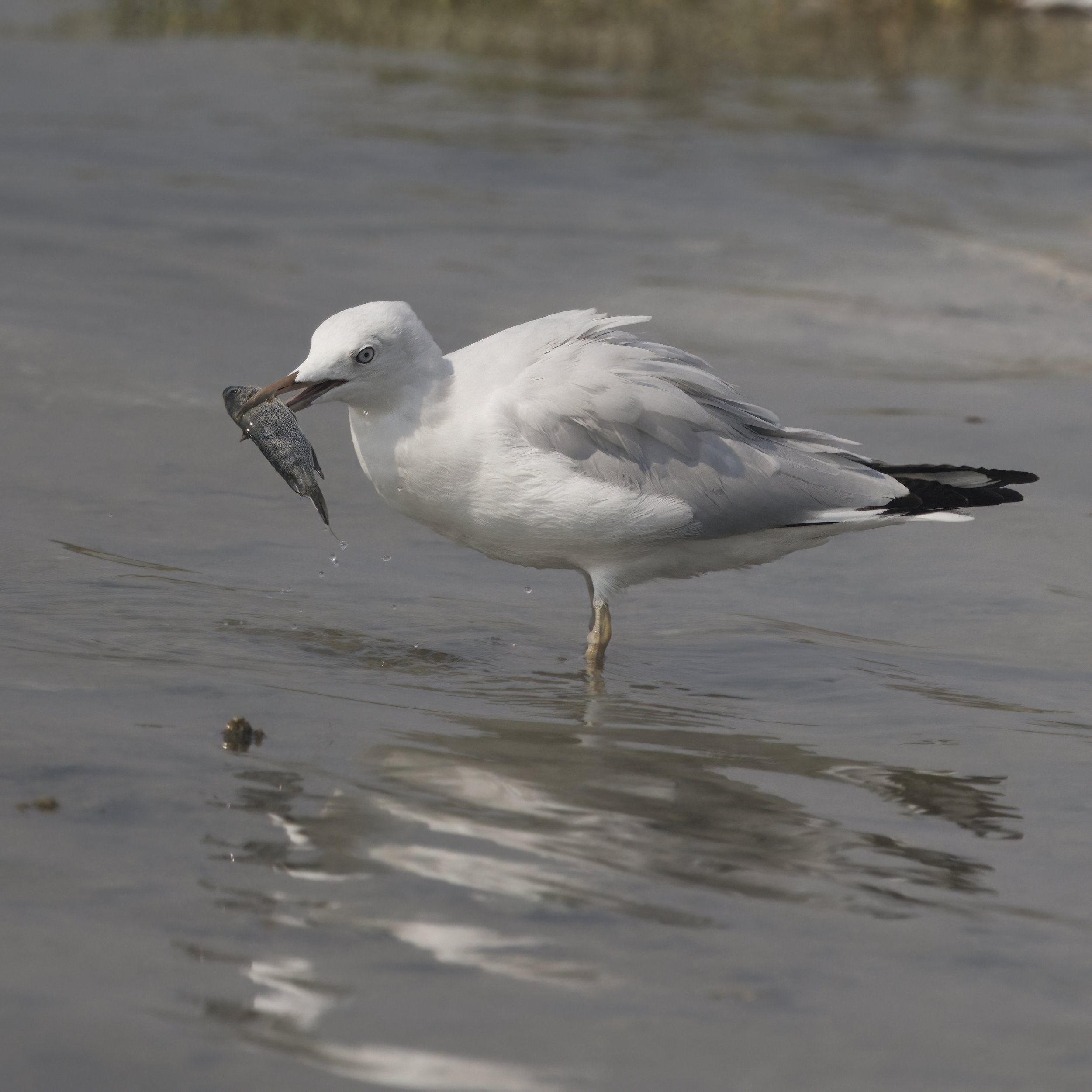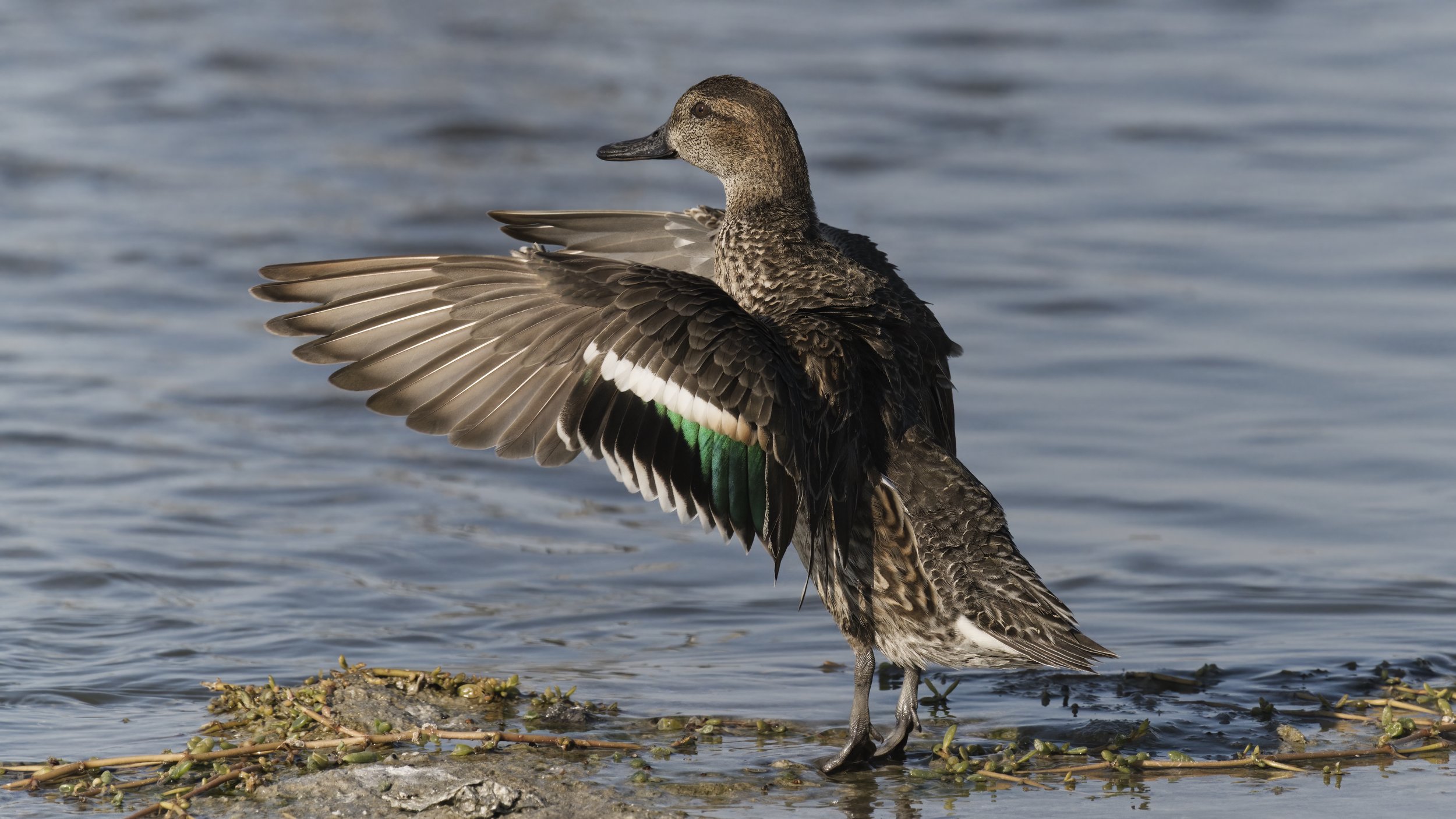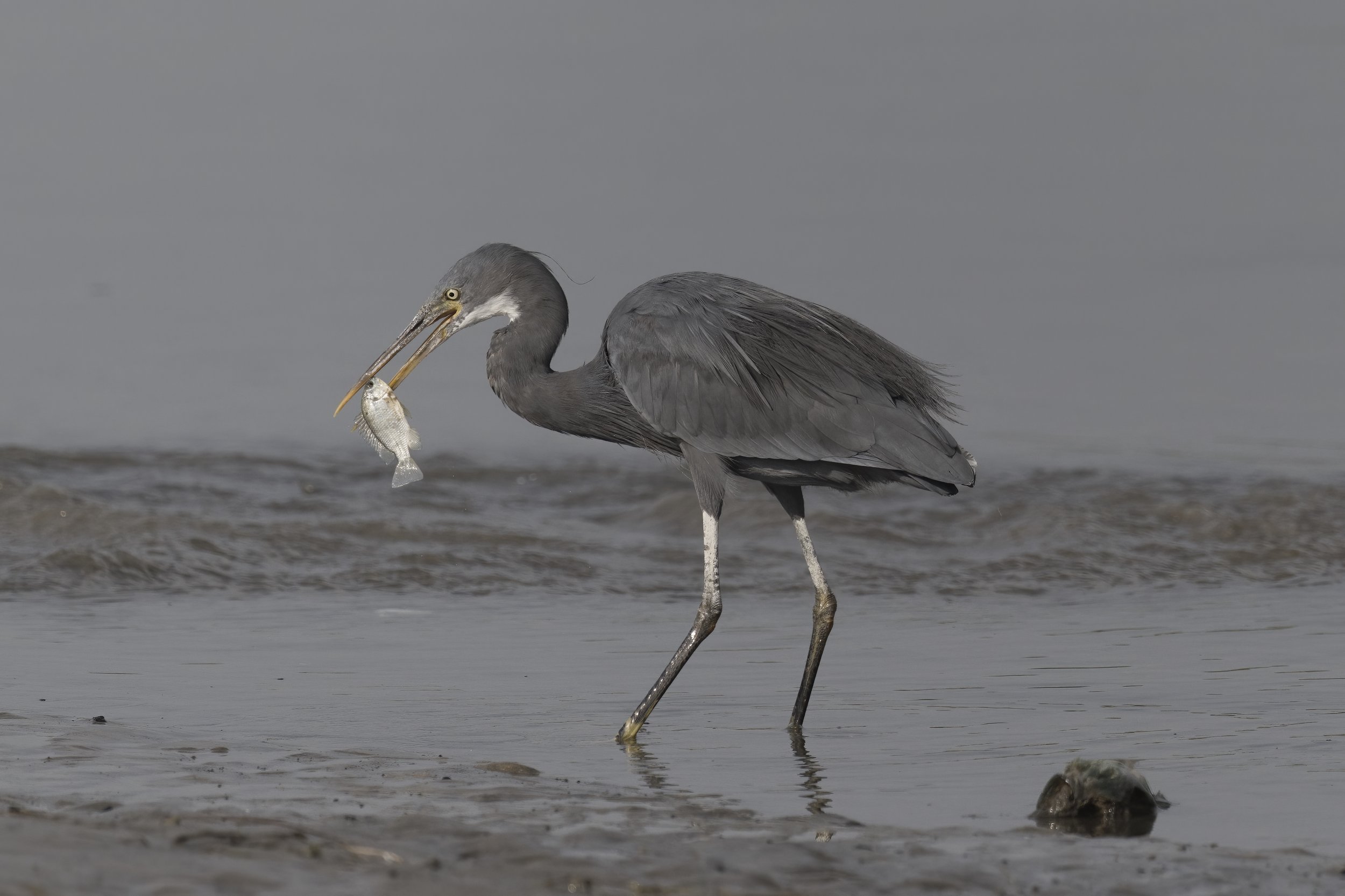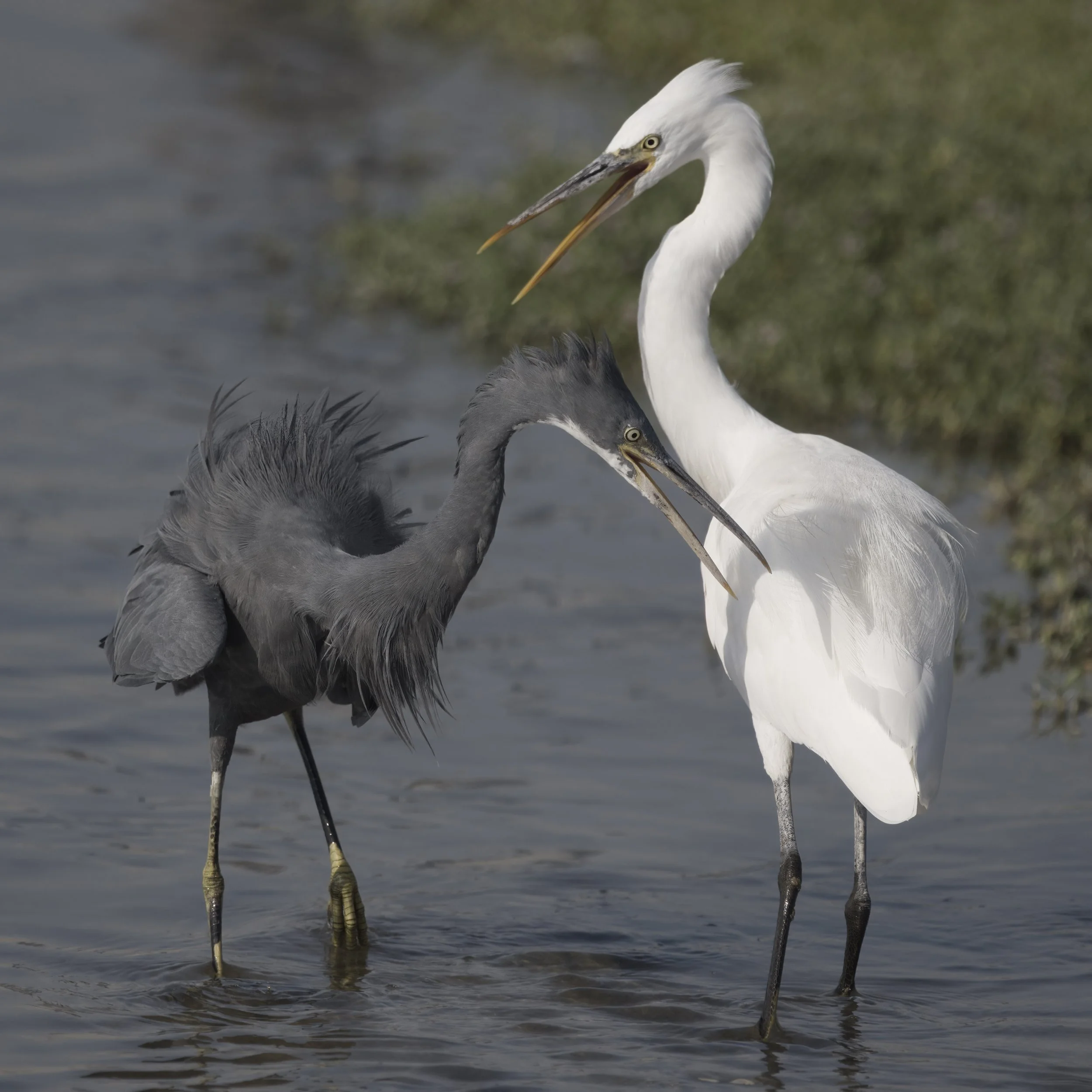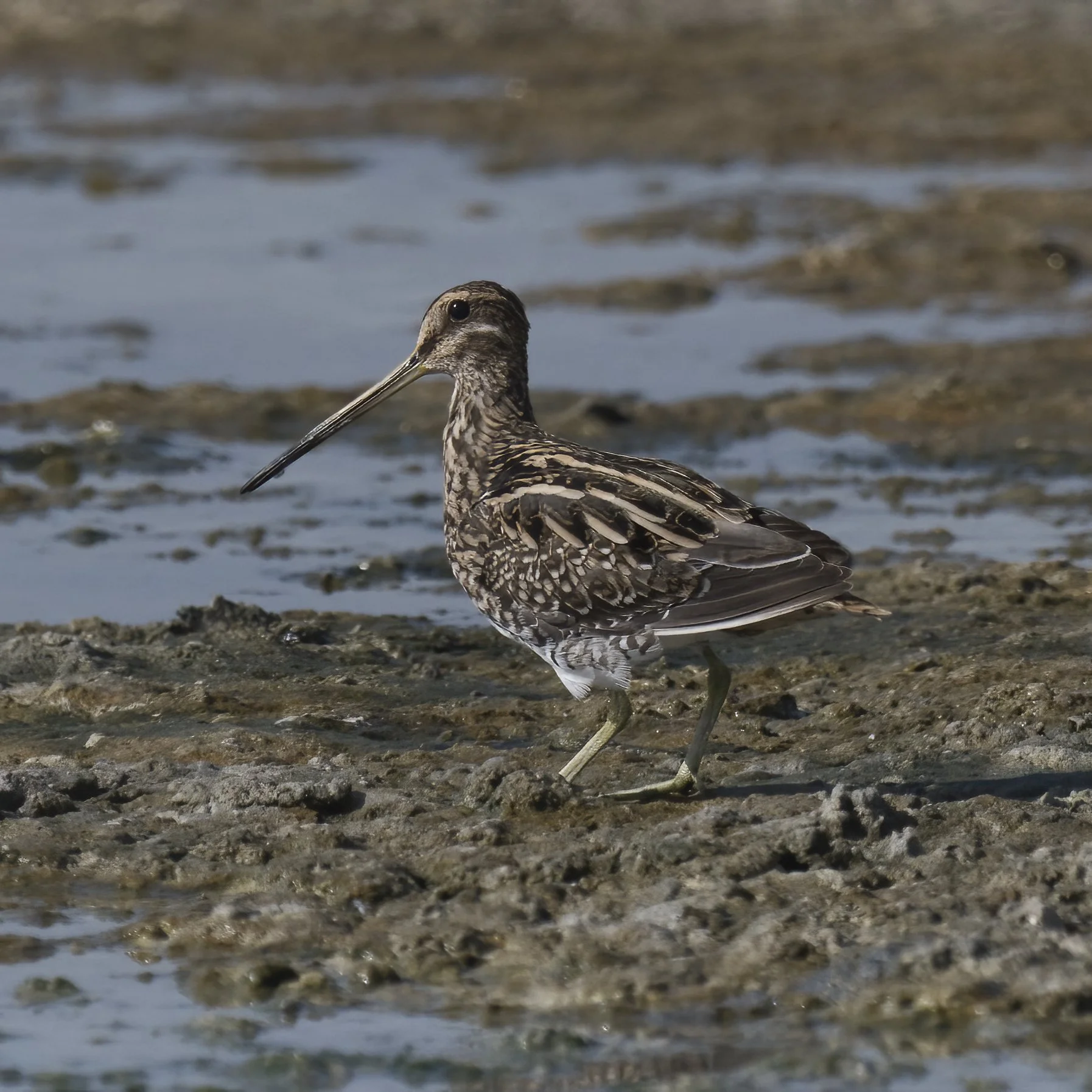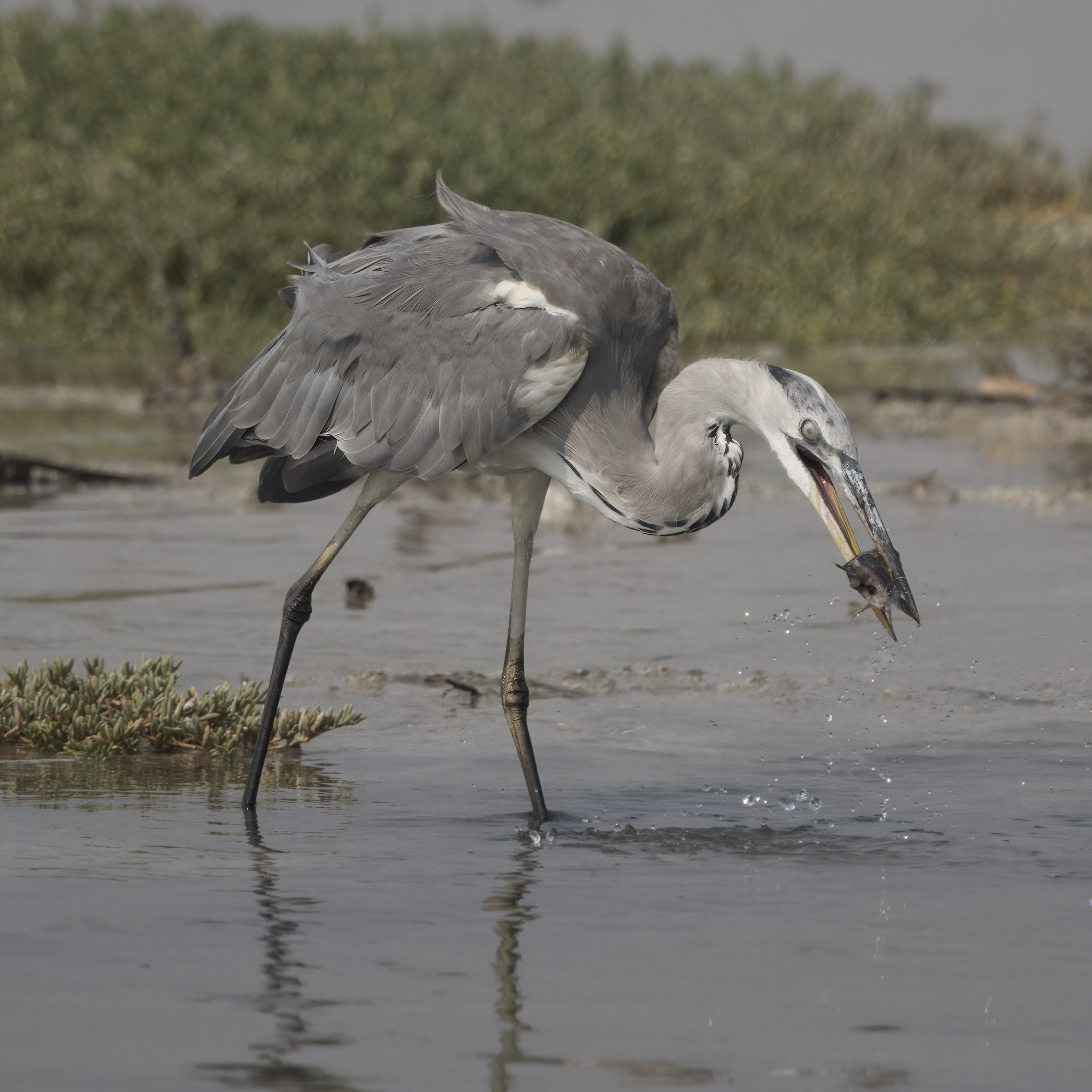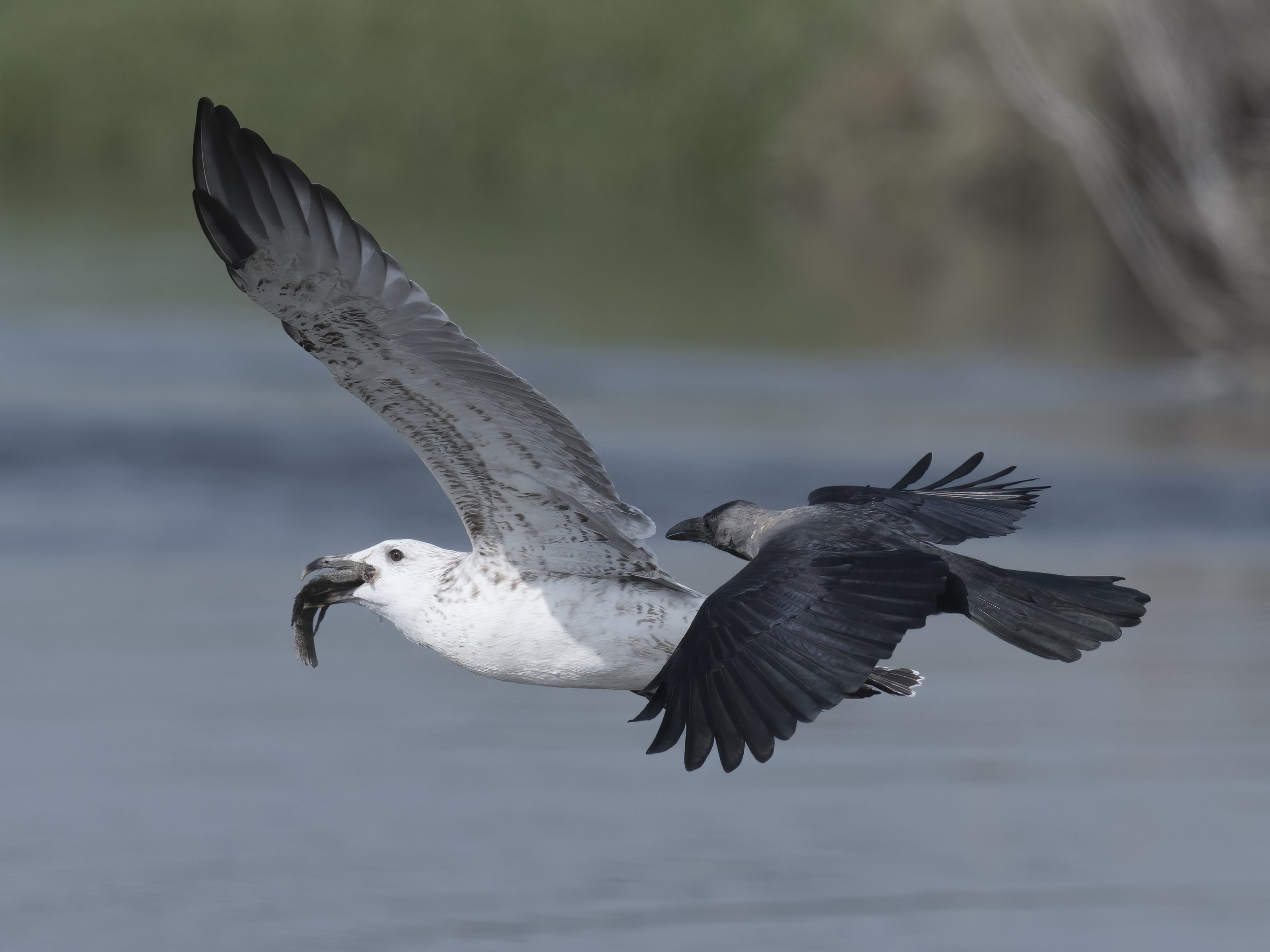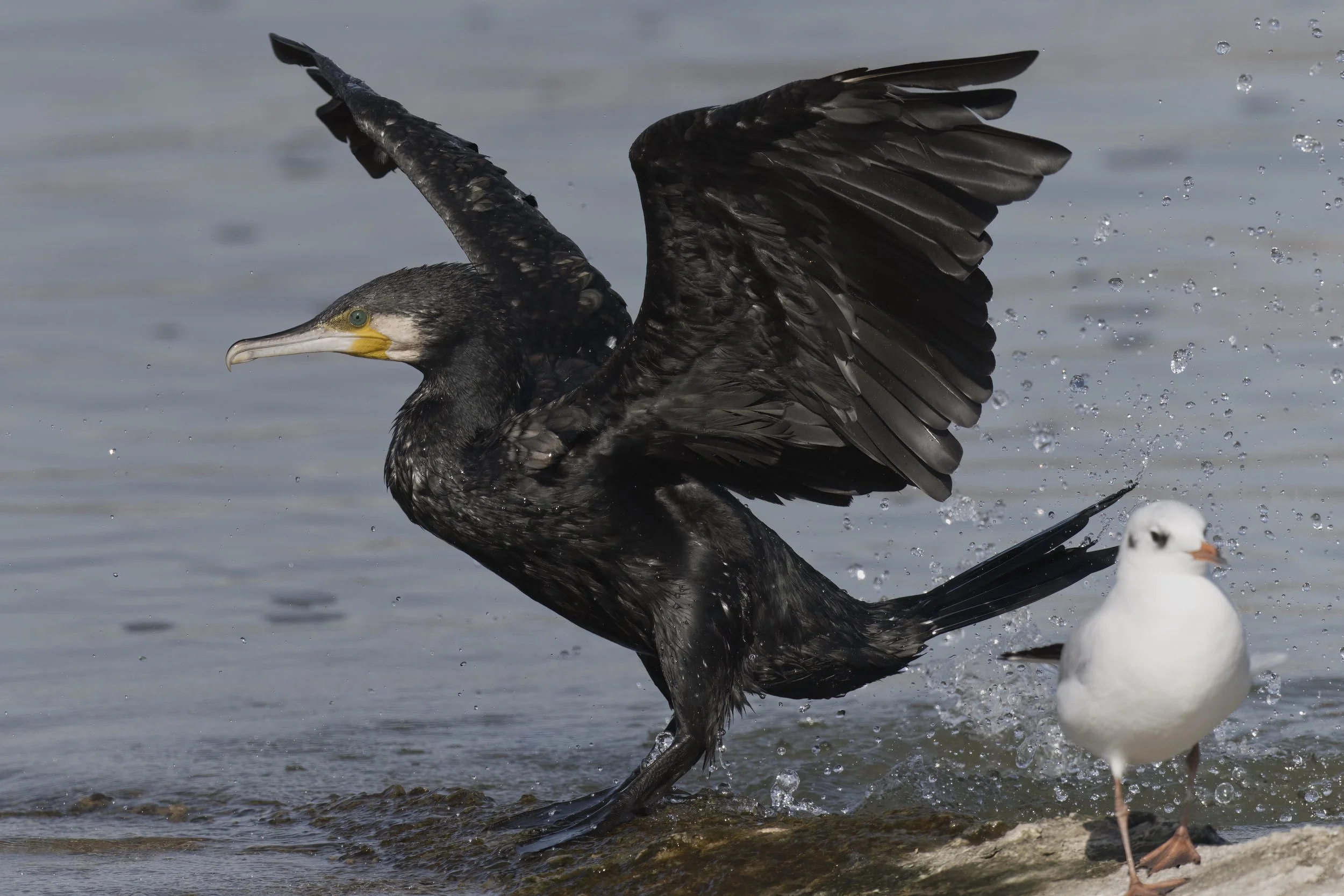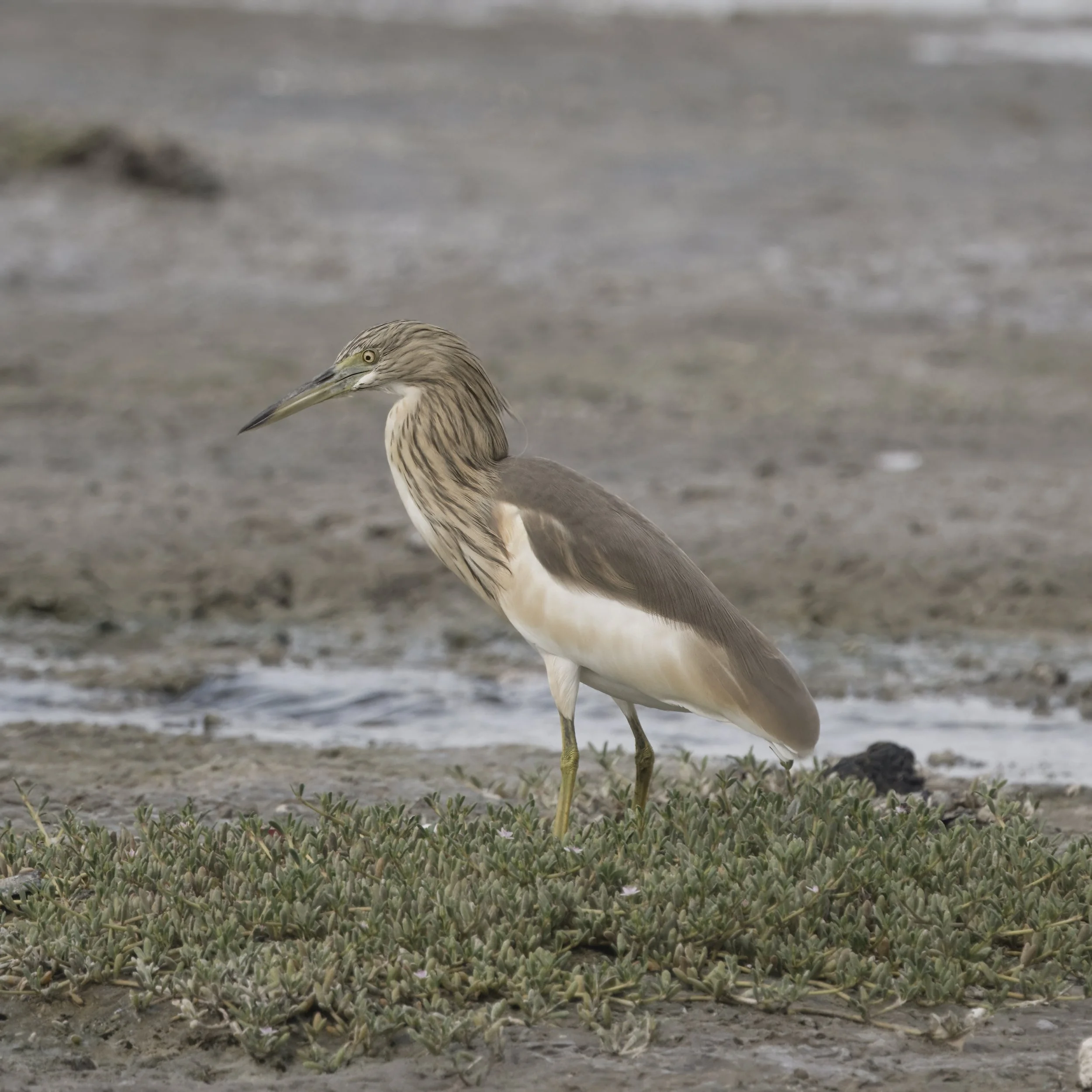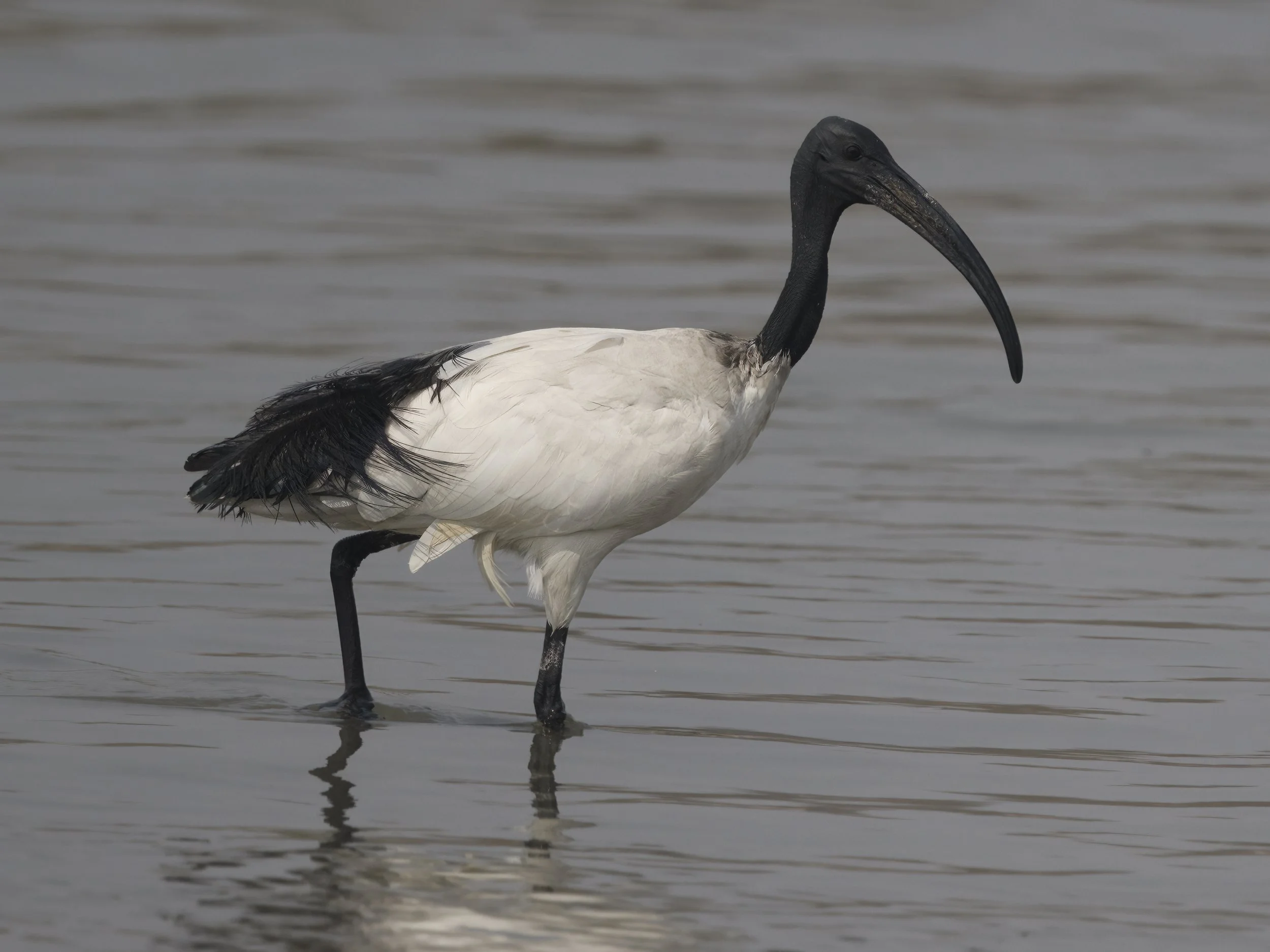Ras Al Khor Wildlife Sanctuary - DUBAI - United Arab Emirates
Mallard (Anas platyrhynchos) - male
Glossy Ibis (Plegadis falcinellus)
Eurasian Spoonbill (Platalea leucorodia)
Greater Spotted Eagle (Clanga clanga)
Black-eared Kite (Milvus lineatus)
Greater Flamingo (Phoenicopterus roseus)
Yellow-billed Stork (Mycteria ibis)
Eurasian Teal (Anas crecca) - male
Red-wattled Lapwing (Vanellus indicus)
Caspian Tern (Hydroprogne caspia)
Common Greenshank (Tringa nebularia)
Ruff (Calidris pugnax)
Common Sandpiper (Actitis hypoleucos)
Purple Heron (Ardea purpurea)
Gull-billed Tern (Gelochelidon nilotica)
Striated Heron (Butorides striata)
Black-winged Stilt (Himantopus himantopus)
Striated Heron Juvenile (Butorides striata)
Mallard (Anas platyrhynchos) - female
Black-tailed Godwit (Limosa limosa)
Black-headed Gull (Larus ridibundus)
Slender-billed Gull (Larus genei)
Eurasian Teal (Anas crecca) - female
Little Egret (Egretta garzetta)
Western Reef-Heron (Egretta gularis)
A Western Reef-Heron fighting a Great Egret
Common Snipe (Gallinago gallinago)
Grey Heron (Ardea cinerea)
A House Crow chasing a juvenile Gull for food
Great Cormorant (Phalacrocorax carbo)
Squacco Heron (Ardeola ralloides)
African Sacred Ibis (Threskiornis aethiopicus)
Ras Al Khor Wildlife Sanctuary, located in Dubai, UAE, is a renowned wetland reserve that serves as a crucial habitat for a wide variety of wildlife, particularly migratory birds. Covering around 6.2 square kilometers, it is one of the few protected urban areas in the world, offering a unique blend of natural beauty amidst the bustling cityscape. The sanctuary is famous for its large population of Greater Flamingos, which can be seen in impressive numbers, especially during the winter months. In addition to flamingos, Ras Al Khor is home to over 450 species of wildlife, including wading birds, fish, crustaceans, and small mammals. Its diverse habitats, such as mangroves, mudflats, and lagoons, provide a vital stopover point for migratory birds along the East African-West Asian flyway. The sanctuary is not only a haven for wildlife but also a popular spot for birdwatchers and nature enthusiasts, offering viewing hides for close observation while ensuring minimal human impact on the delicate ecosystem.
Ras Al Khor Wildlife Sanctuary was officially established in 1985, although it has been a protected area under Dubai’s environmental policies since the early 1990s. In 2007, it was recognized as a Ramsar Wetland of International Importance, highlighting its significance in biodiversity conservation, particularly for migratory birds.
It's located just 10 kilometers from the heart of Dubai, near the Dubai Creek, providing a remarkable contrast between the urban skyline and the natural landscape.
The site features three bird hides, but only the Mangrove Hide stands out as a great spot for photography. One hide is rarely open, and the Flamingo Hide doesn't offer favorable lighting conditions. The Mangrove Hide, however, provides excellent opportunities for high-quality photos. It is easily accessible, has free entry, and is generally a fantastic location.
That said, a significant issue is the water pumping system located near the hide. This system frequently malfunctions, requiring workers to repair it, which often scares the birds away. Unfortunately, during my last three visits, this disruption occurred twice, pushing the birds far from view. Secondly, there are no nearby bare old trees, which are prime perching spots for raptors and kingfishers, limiting the chances of photographing these species in this area.

